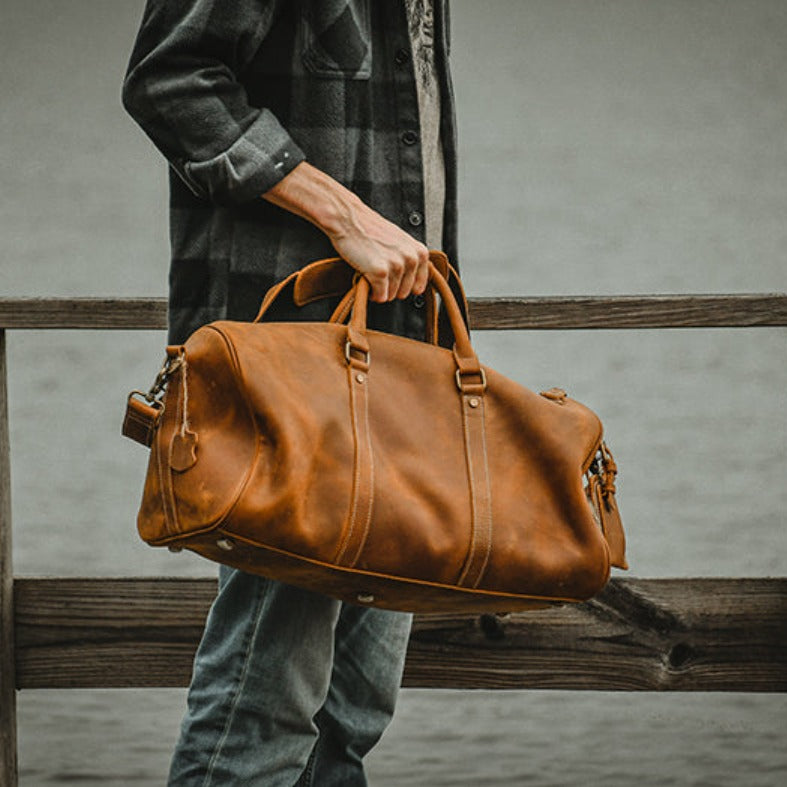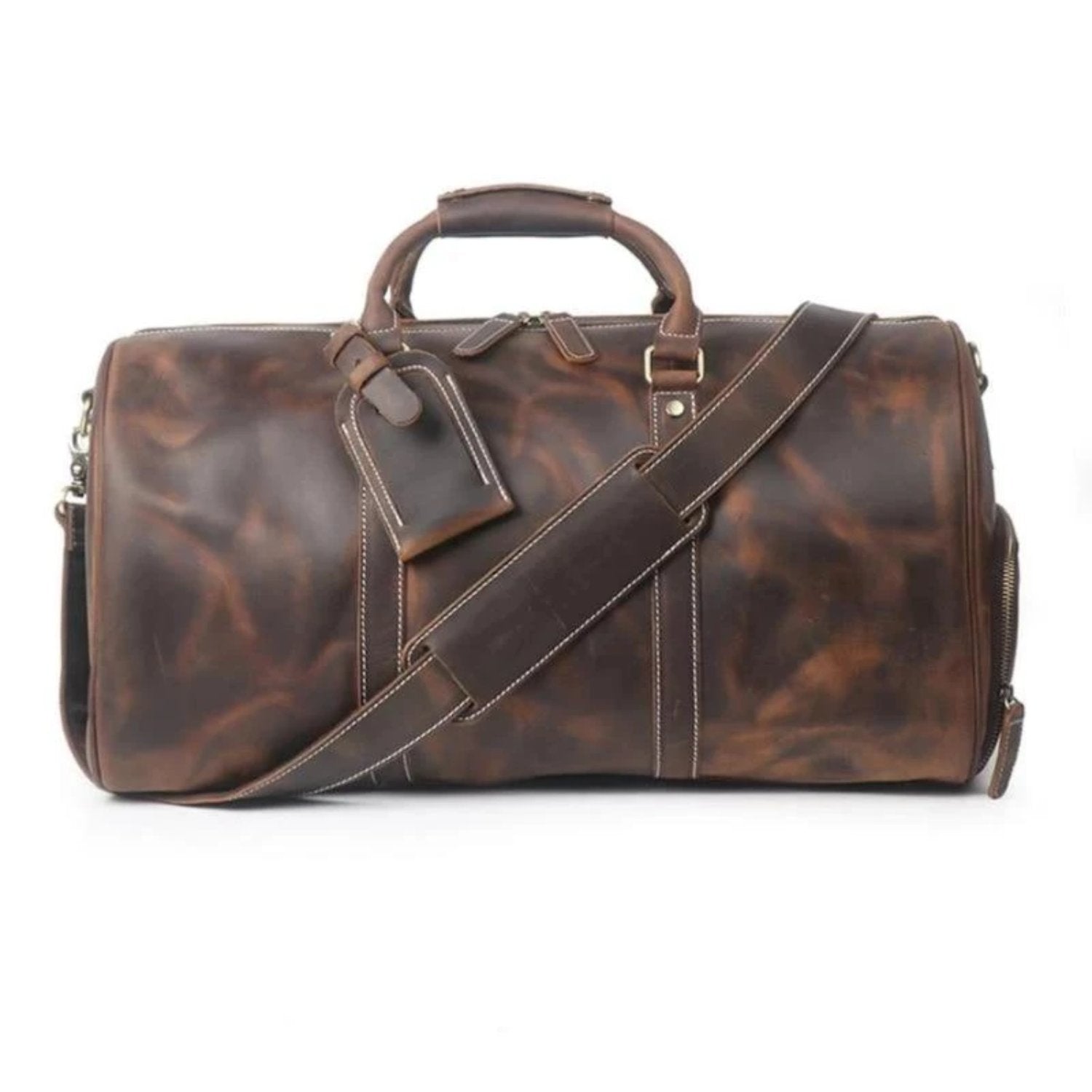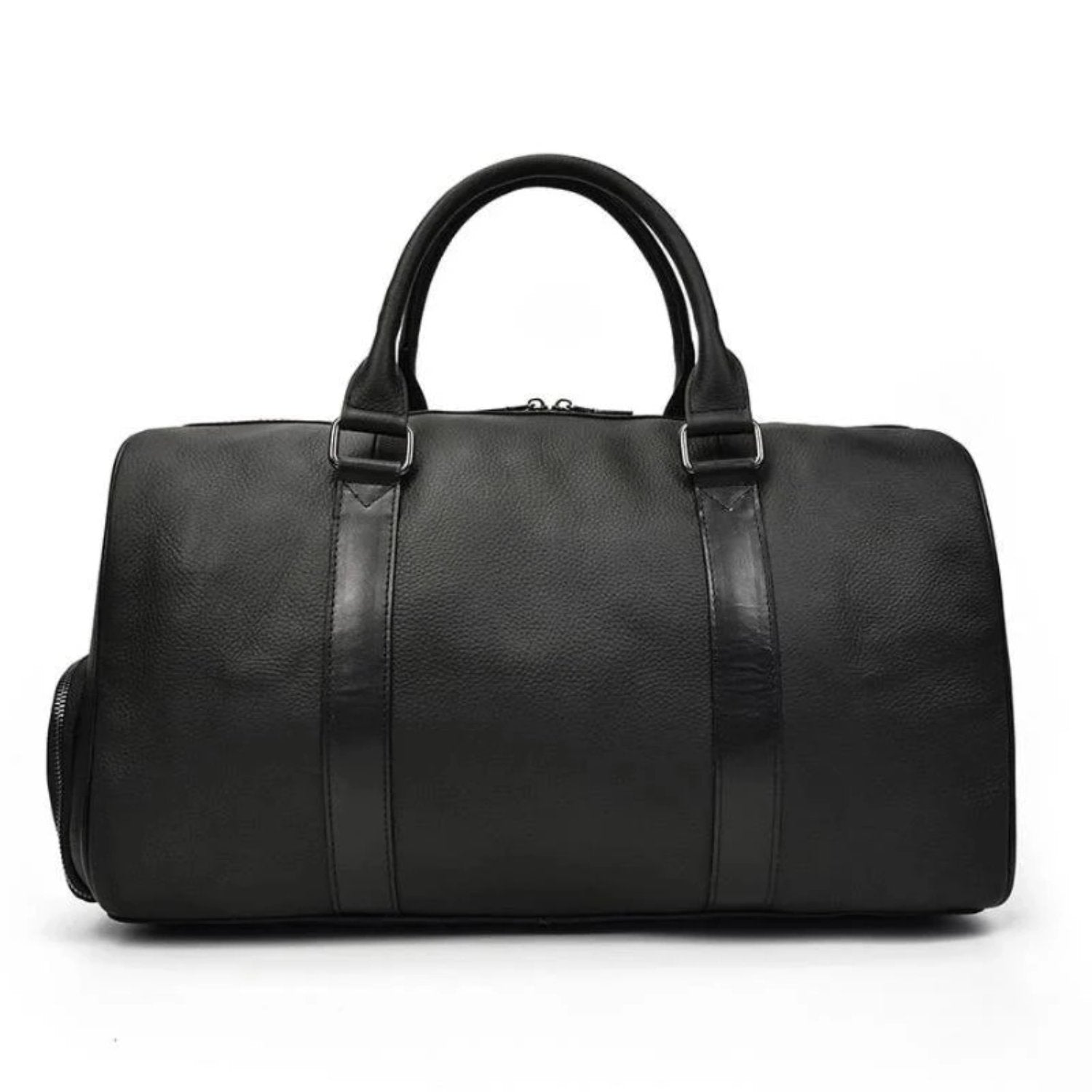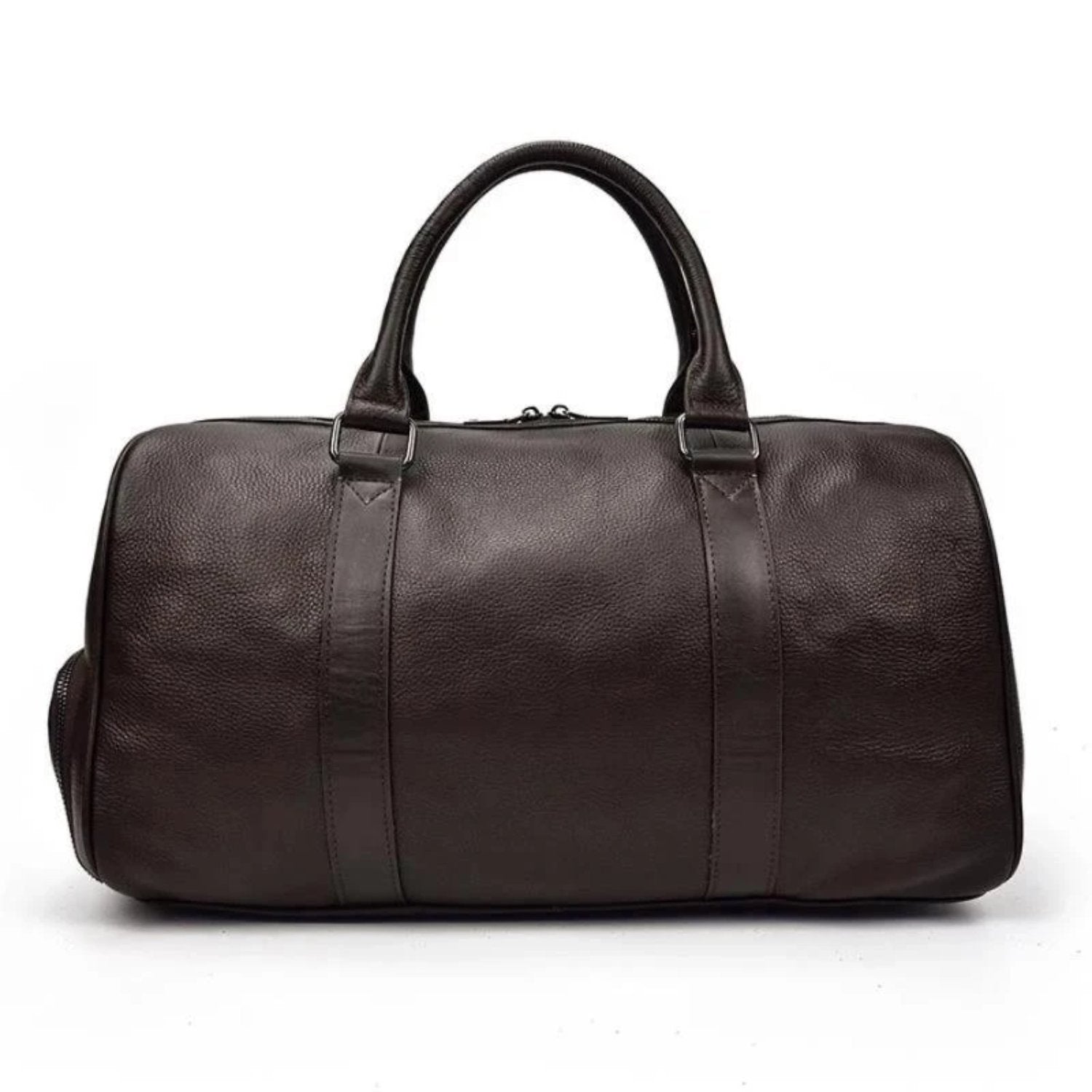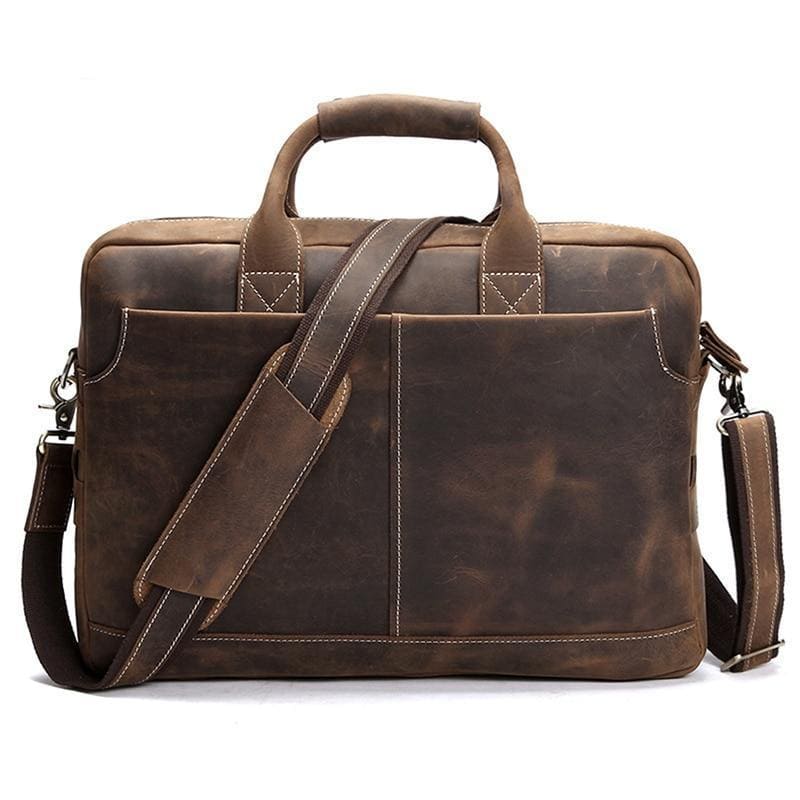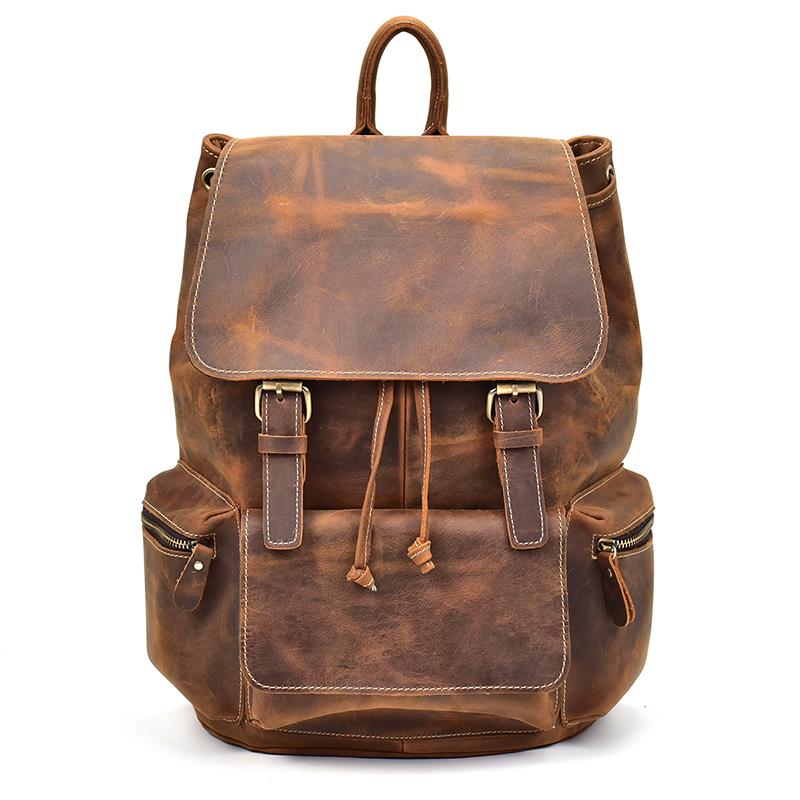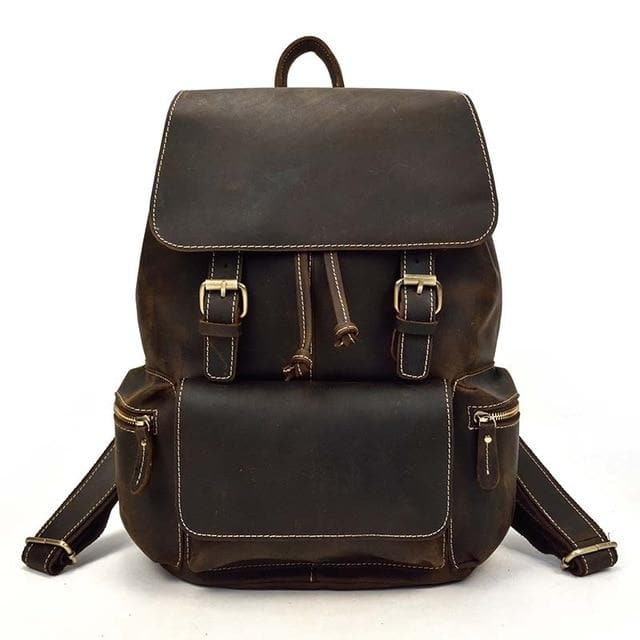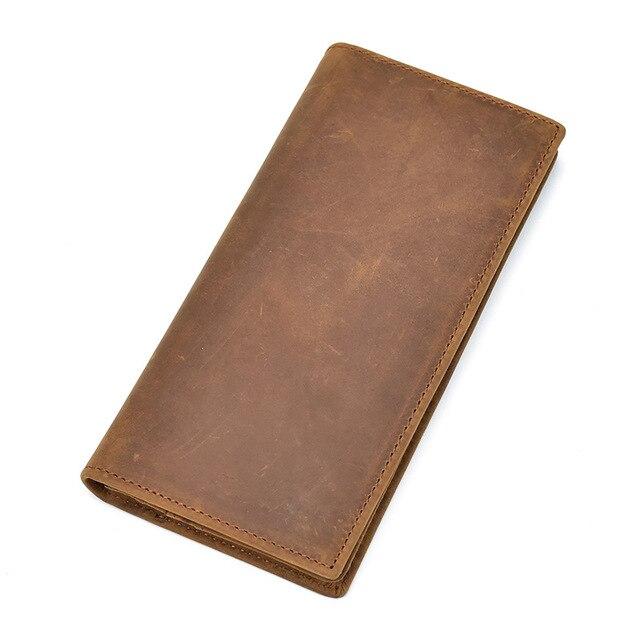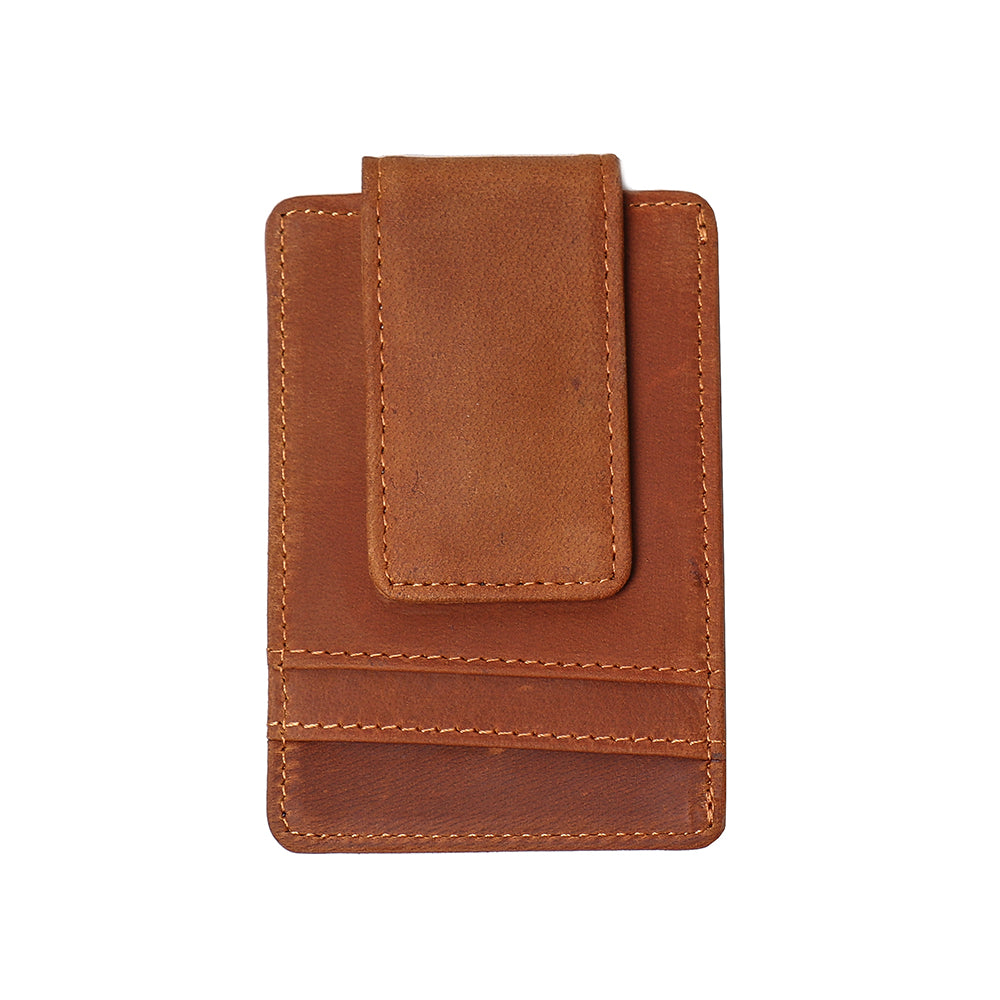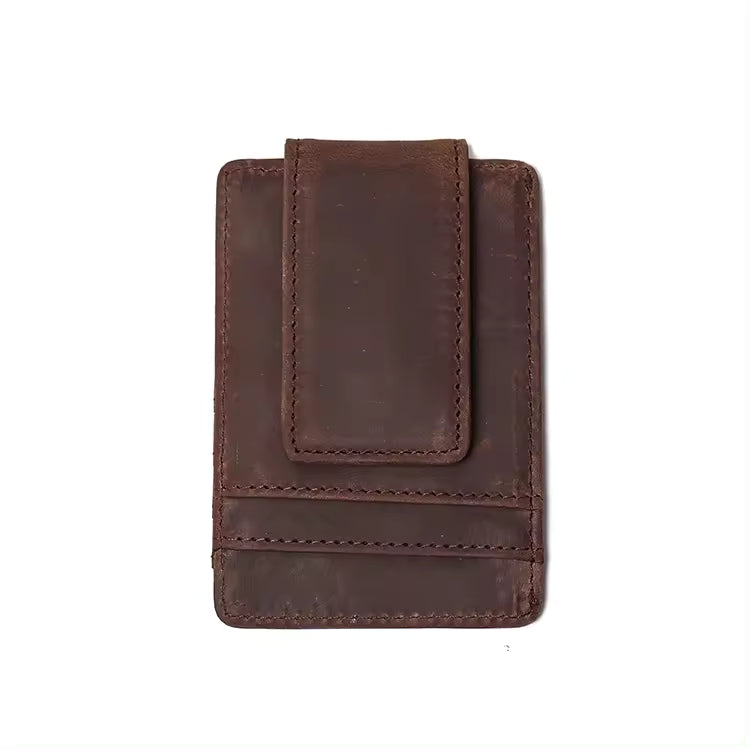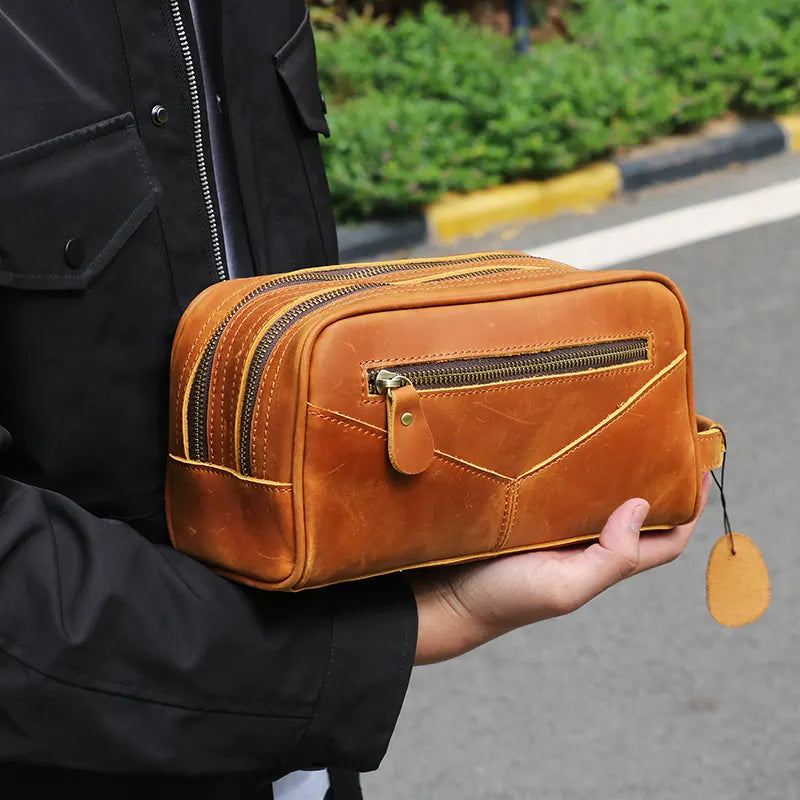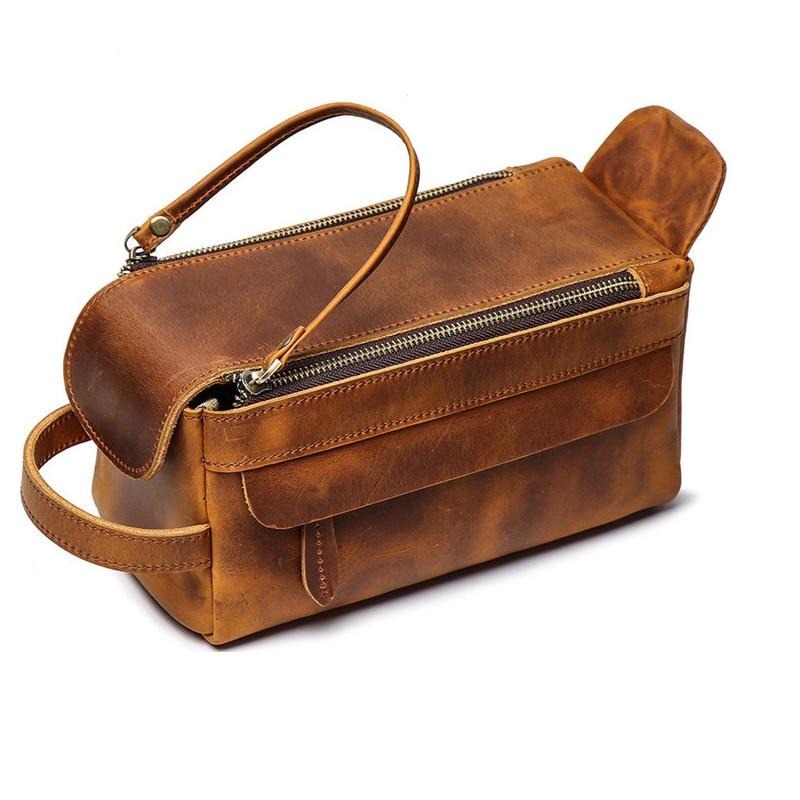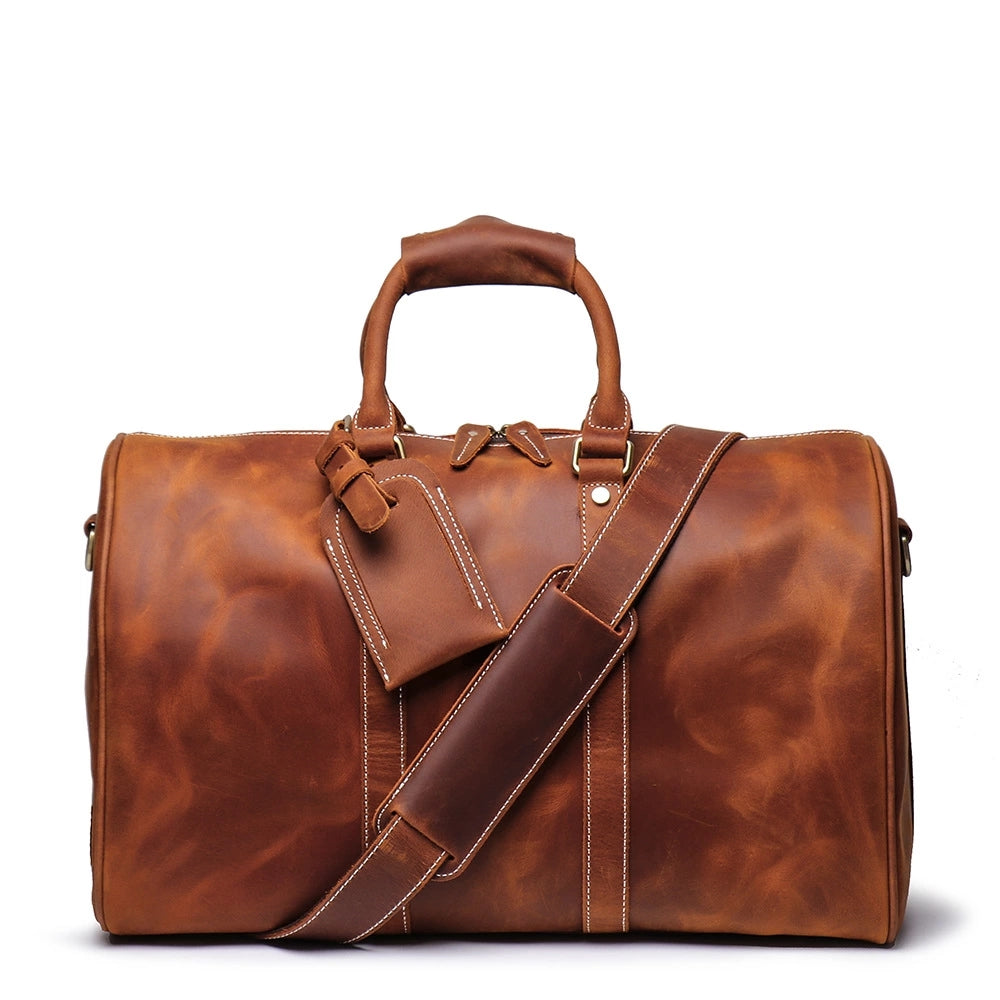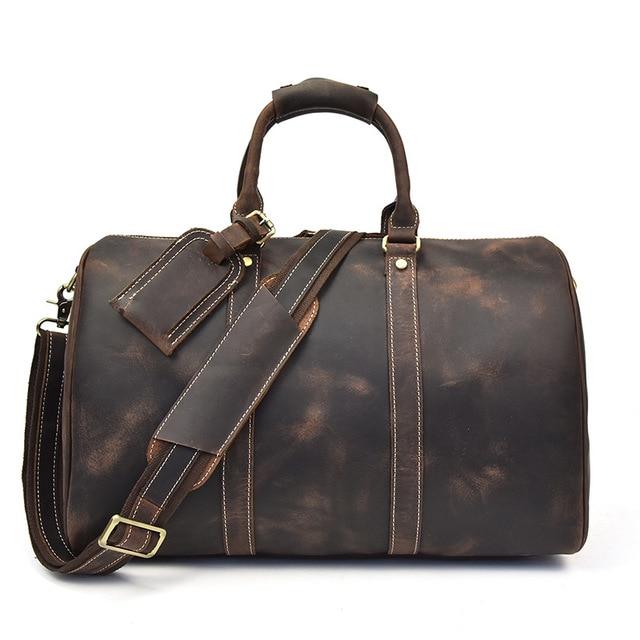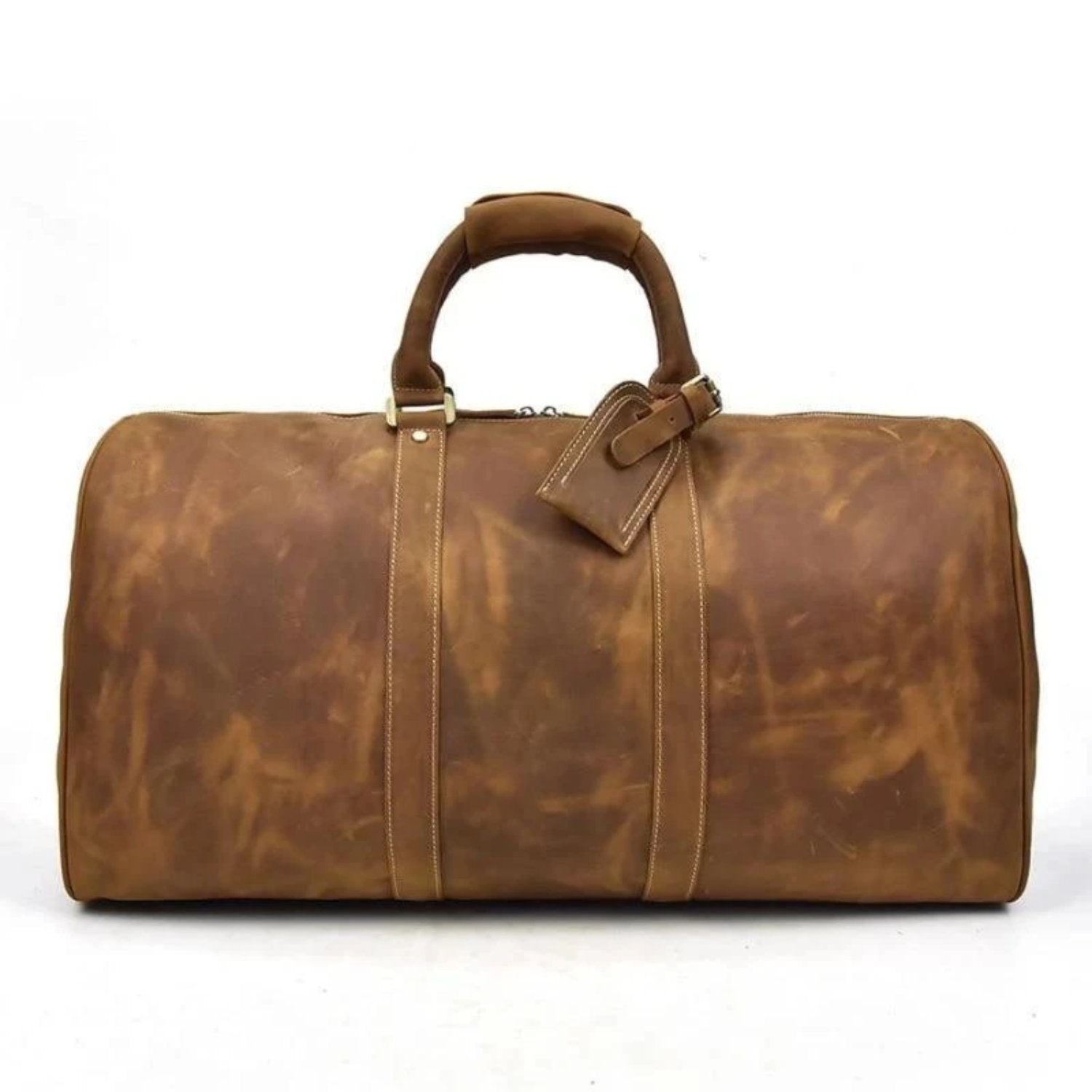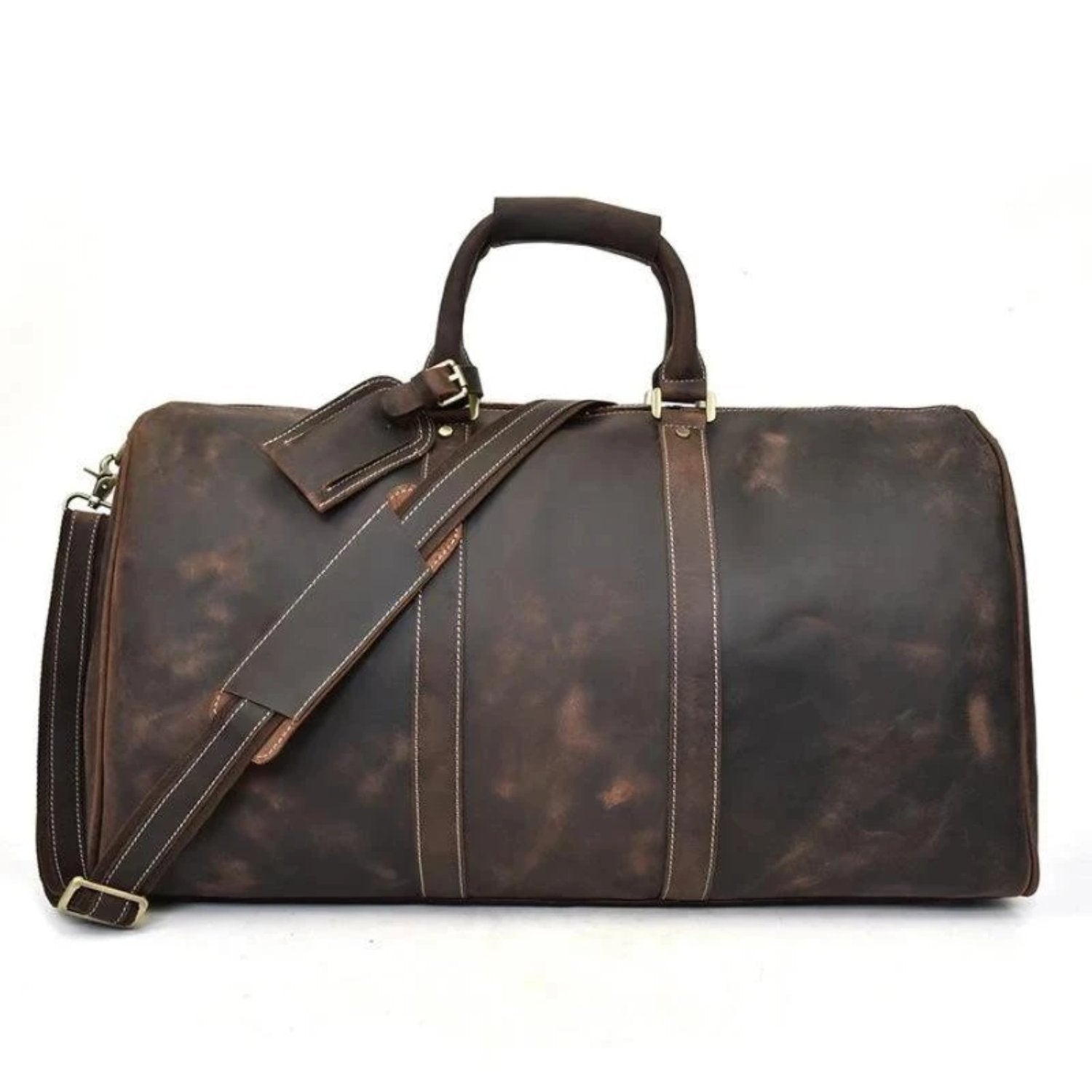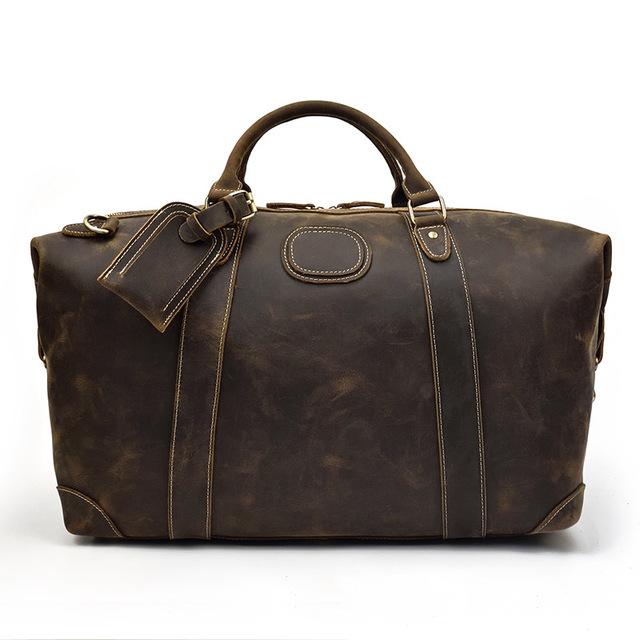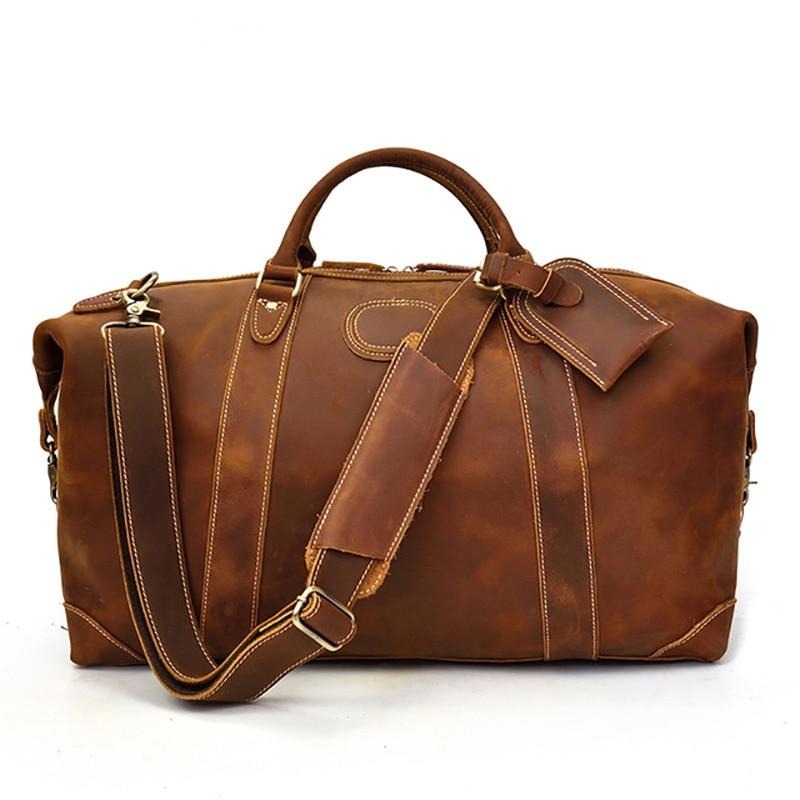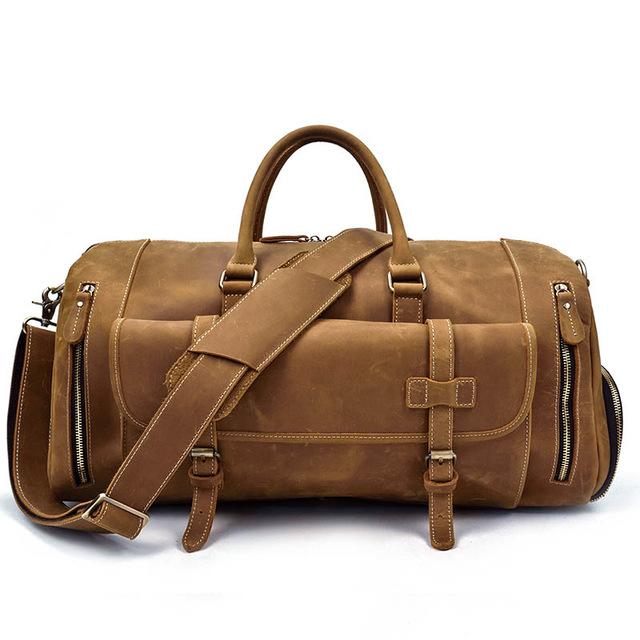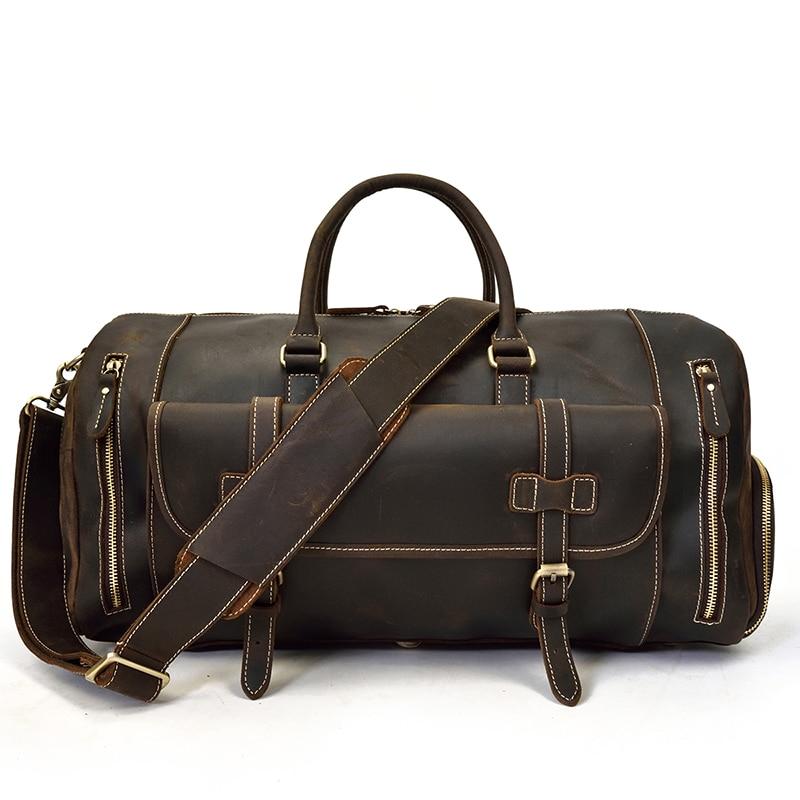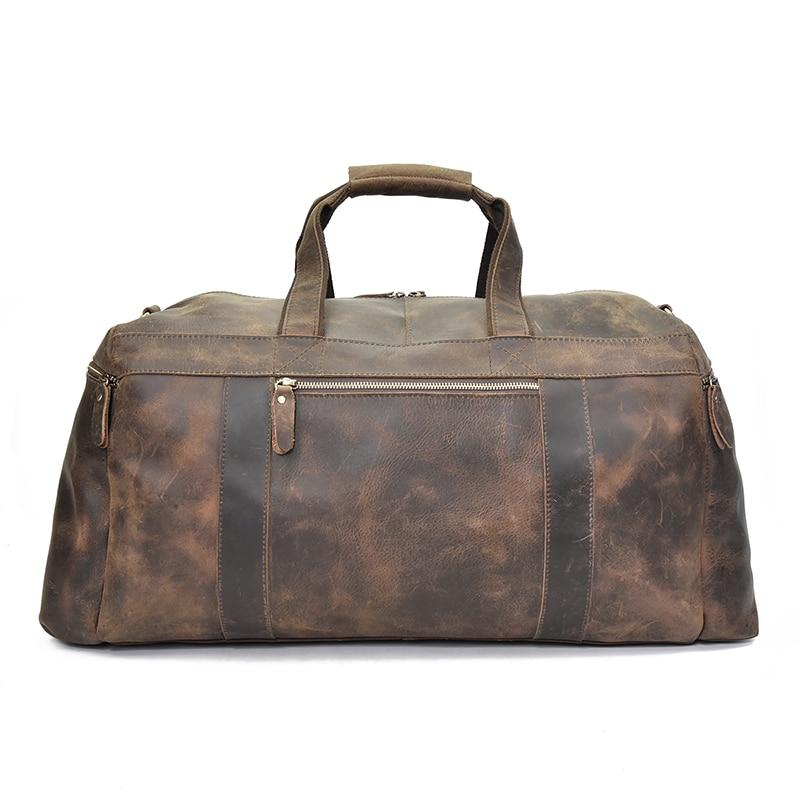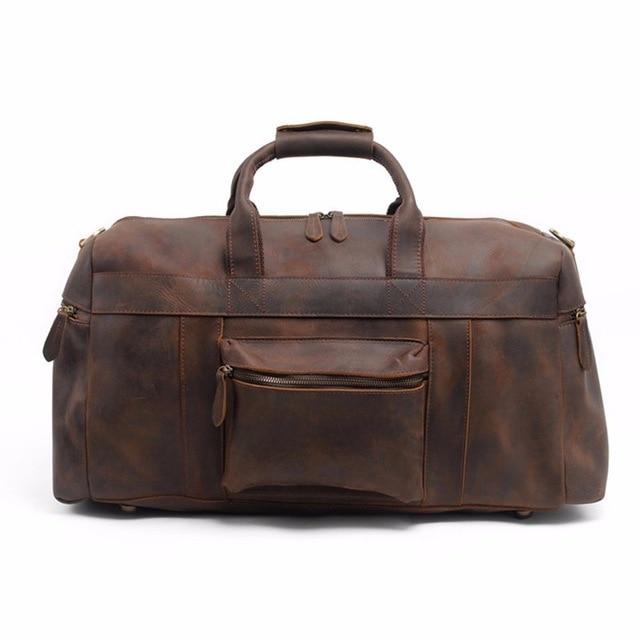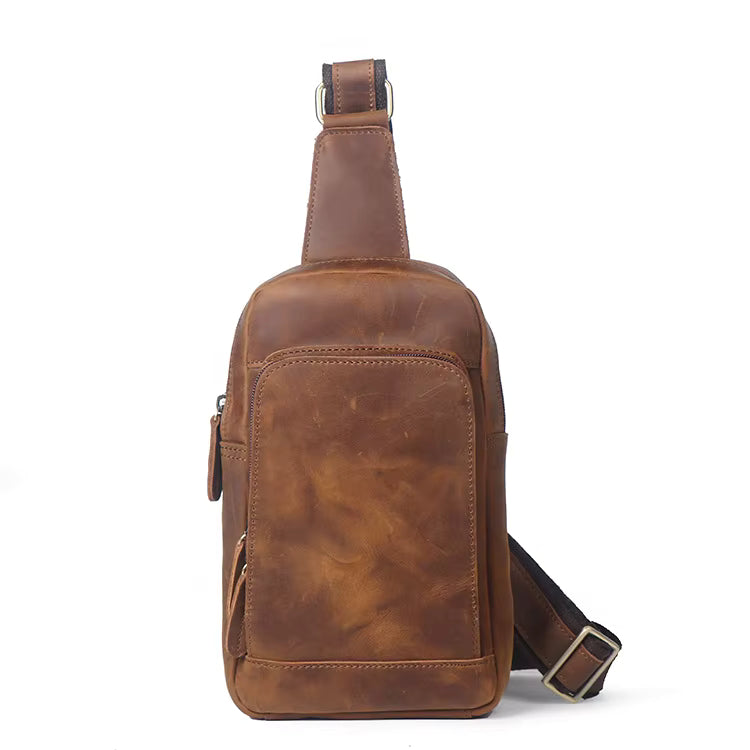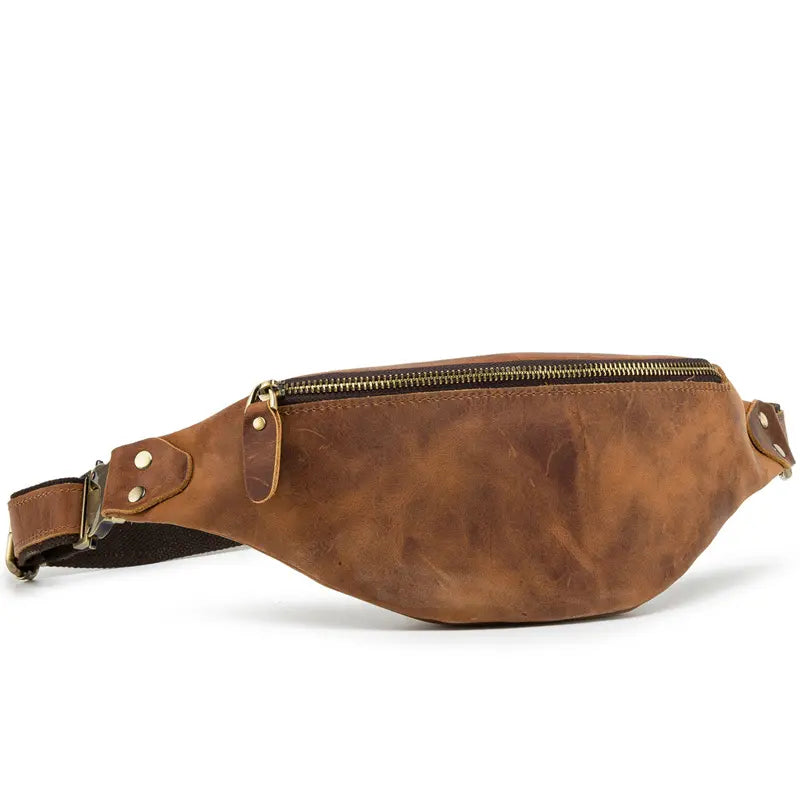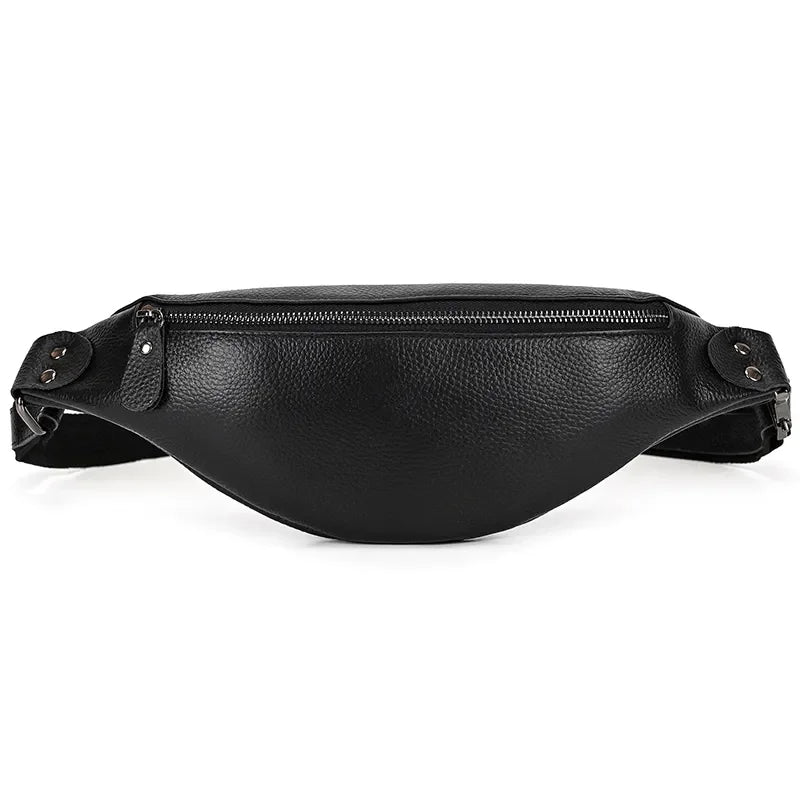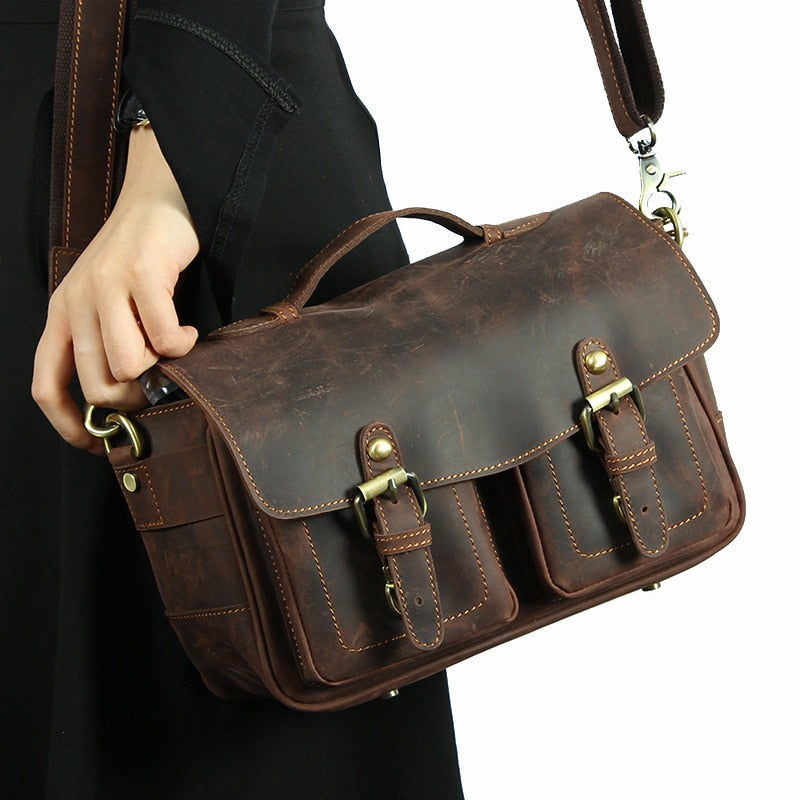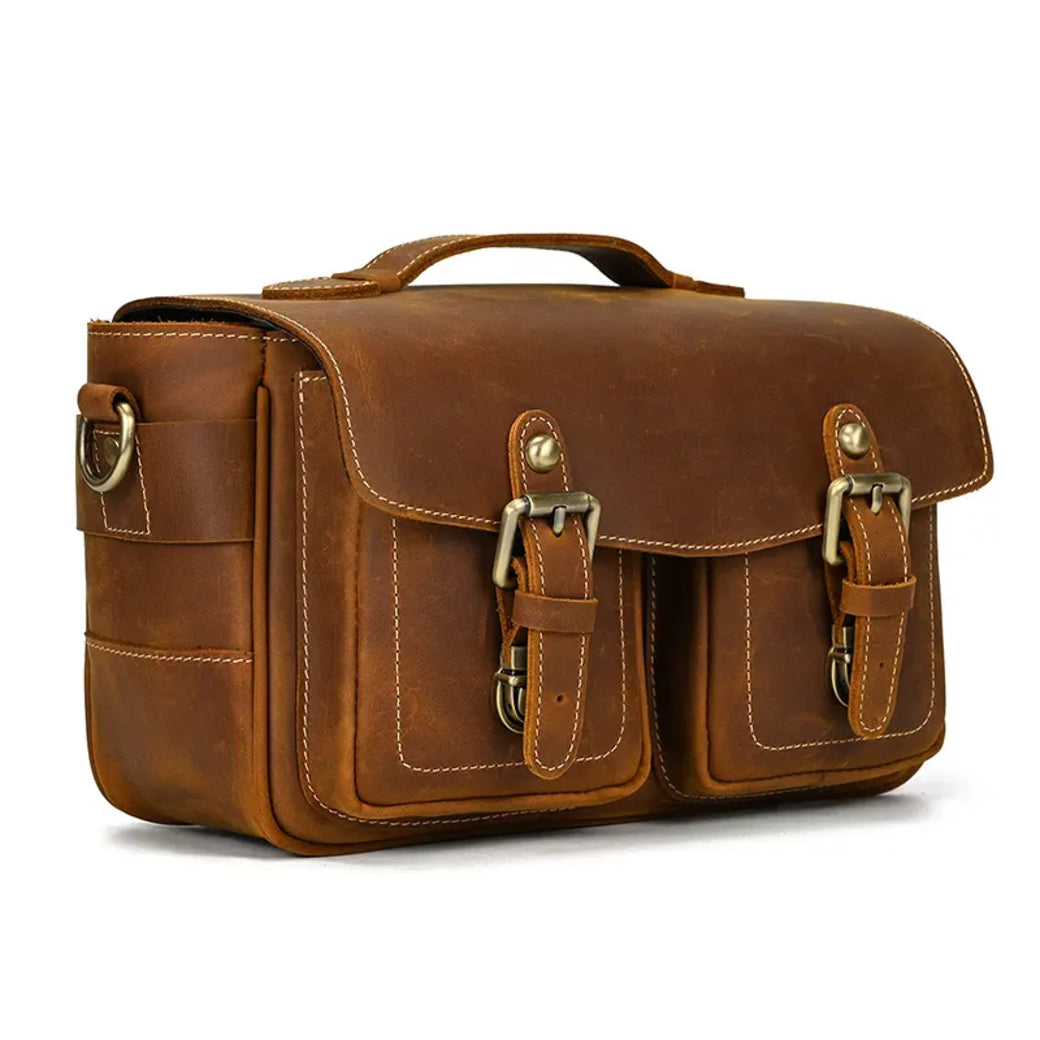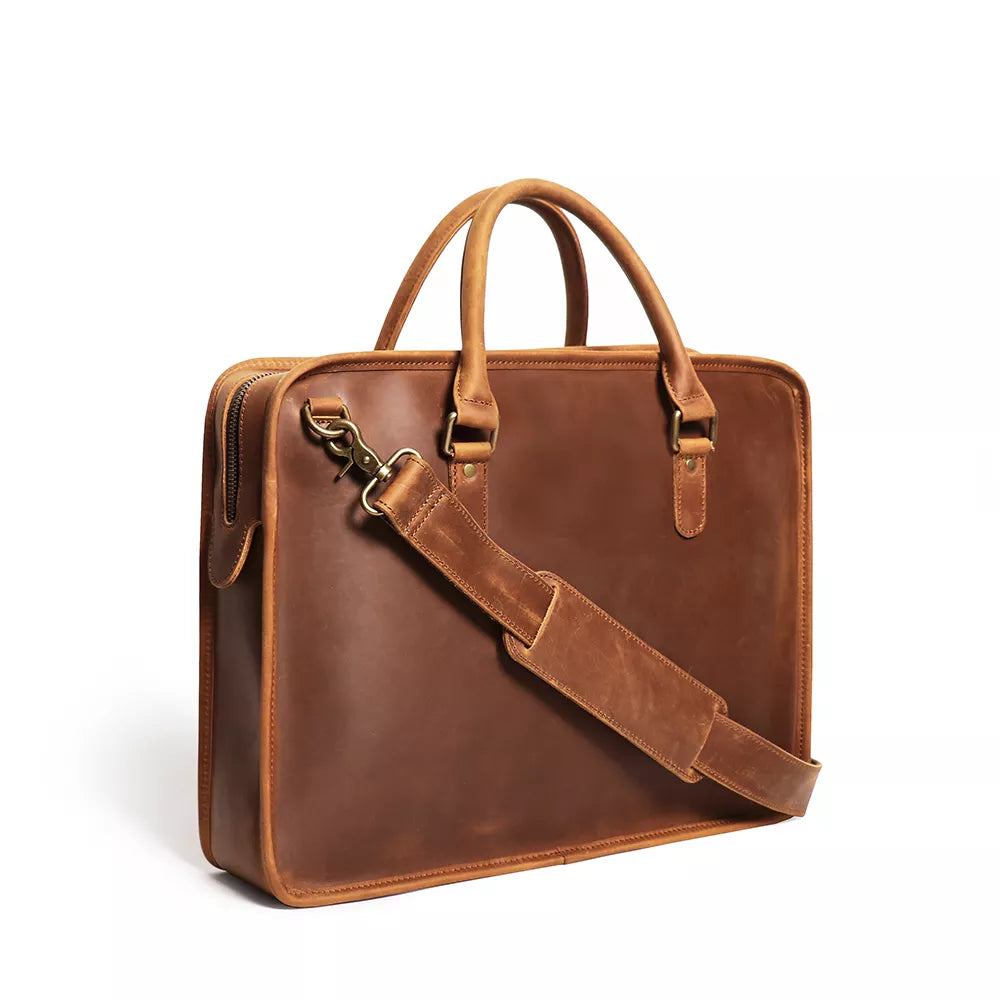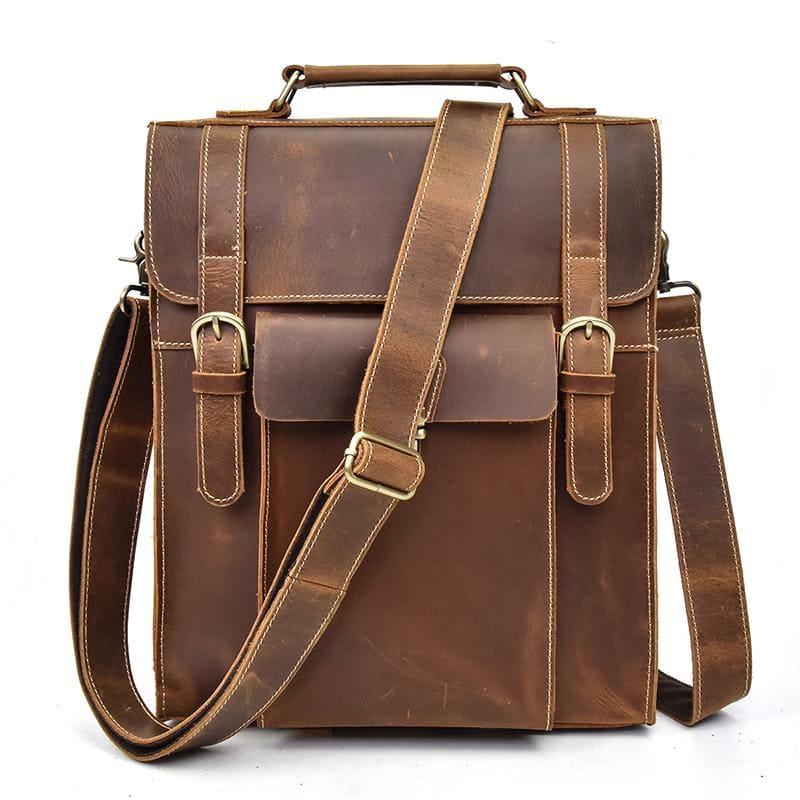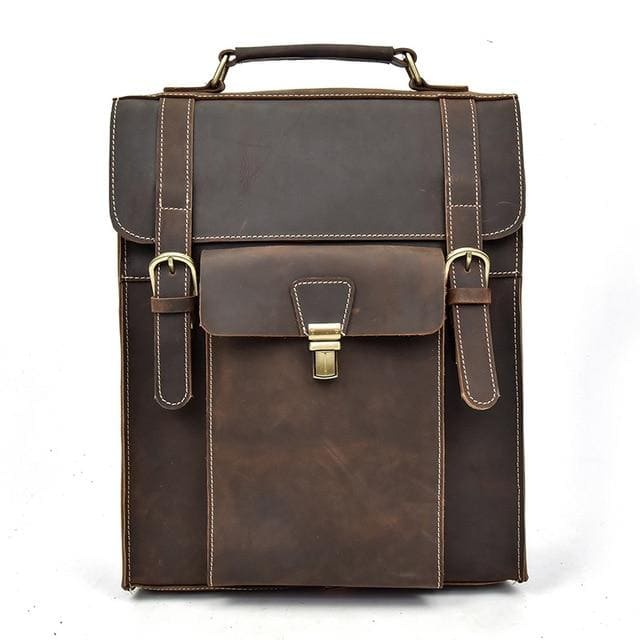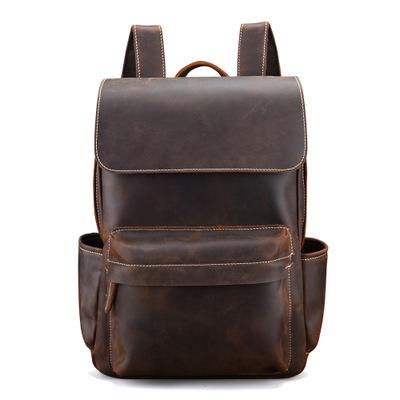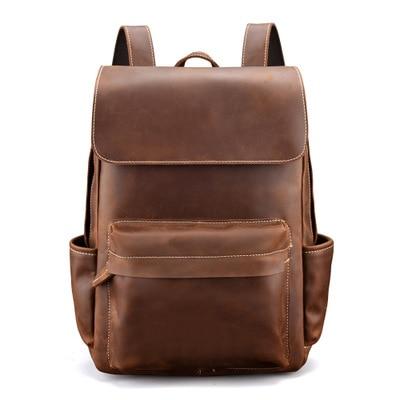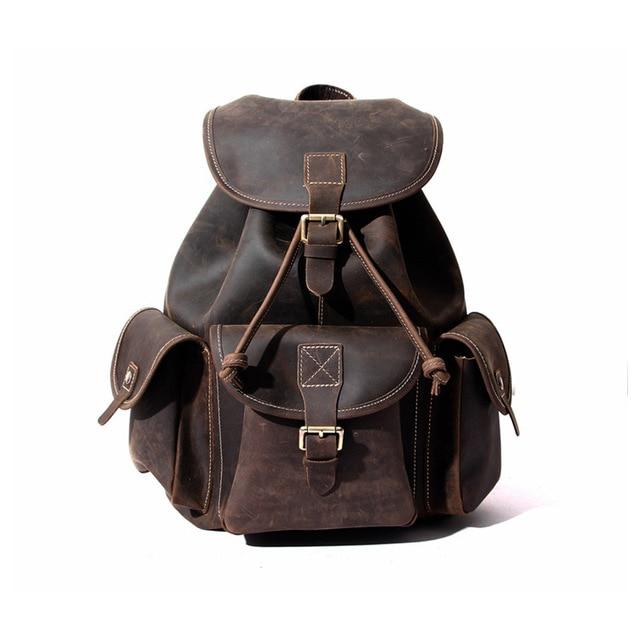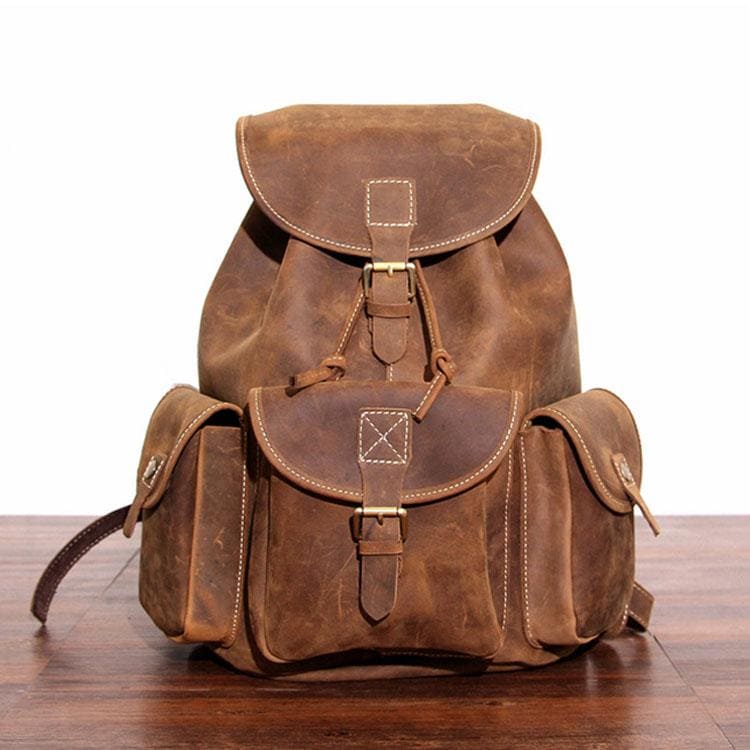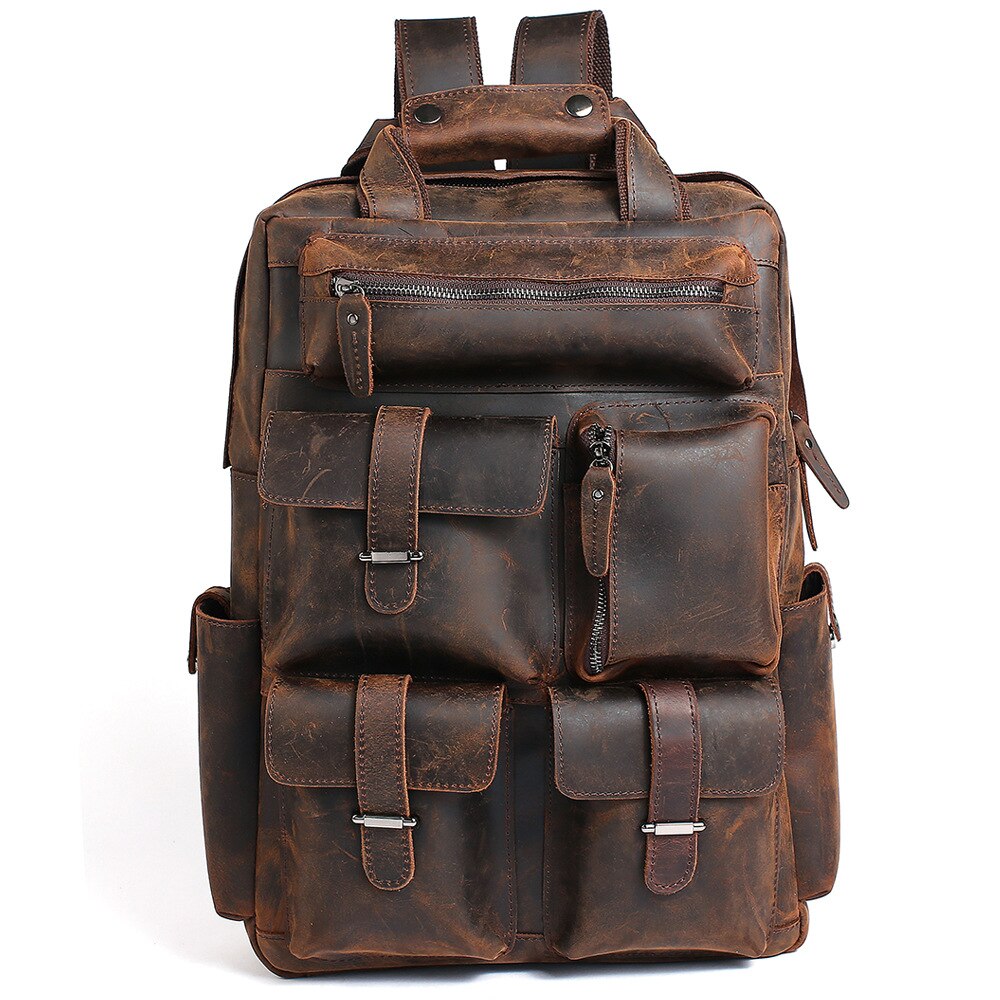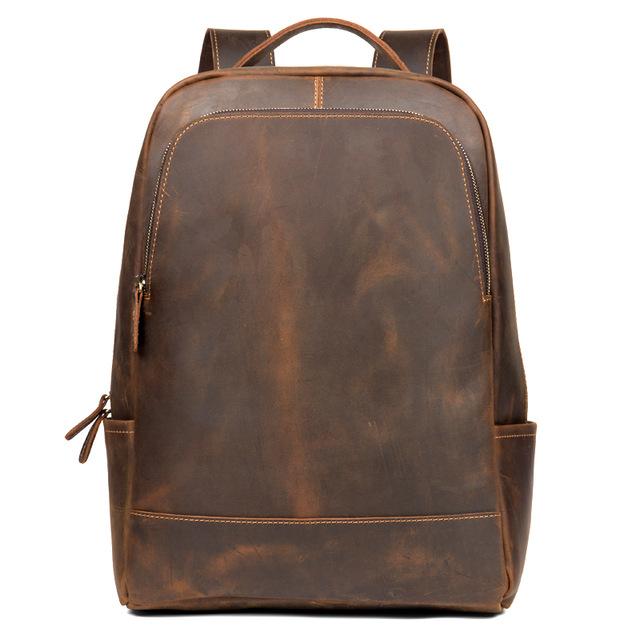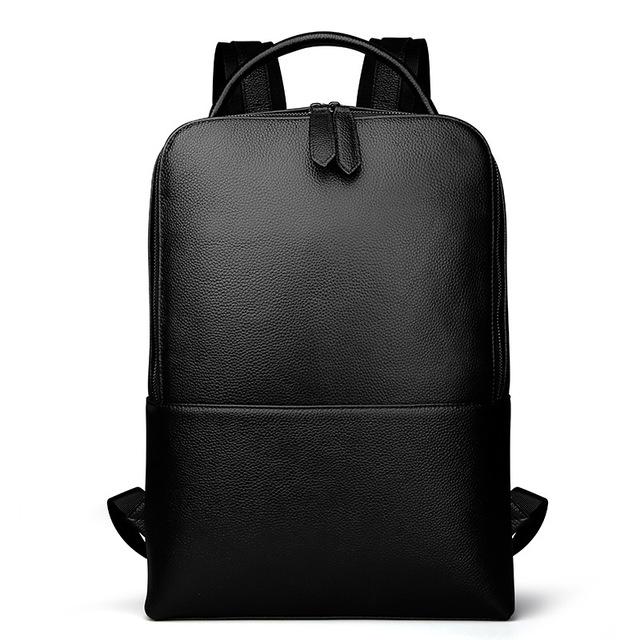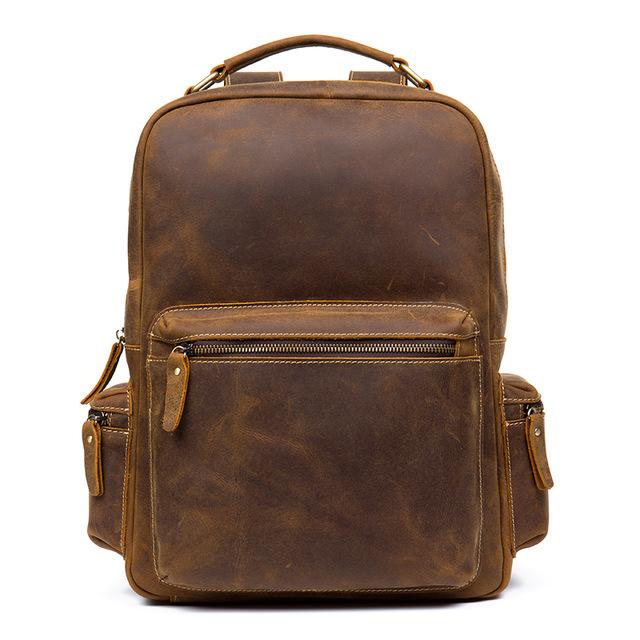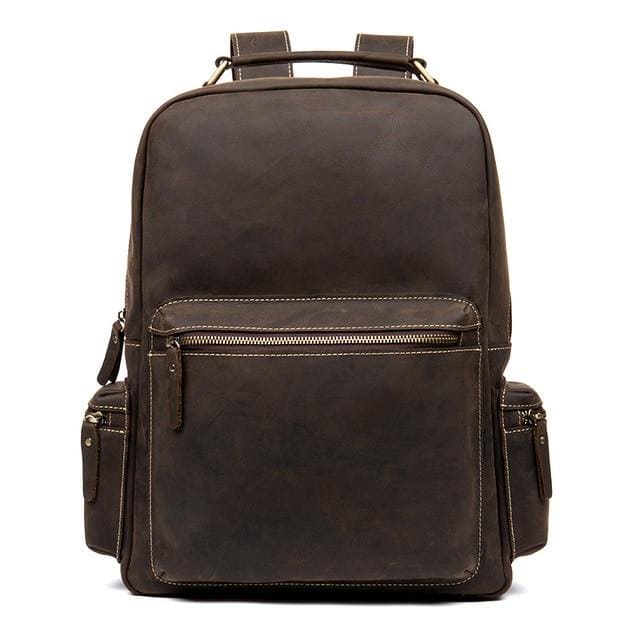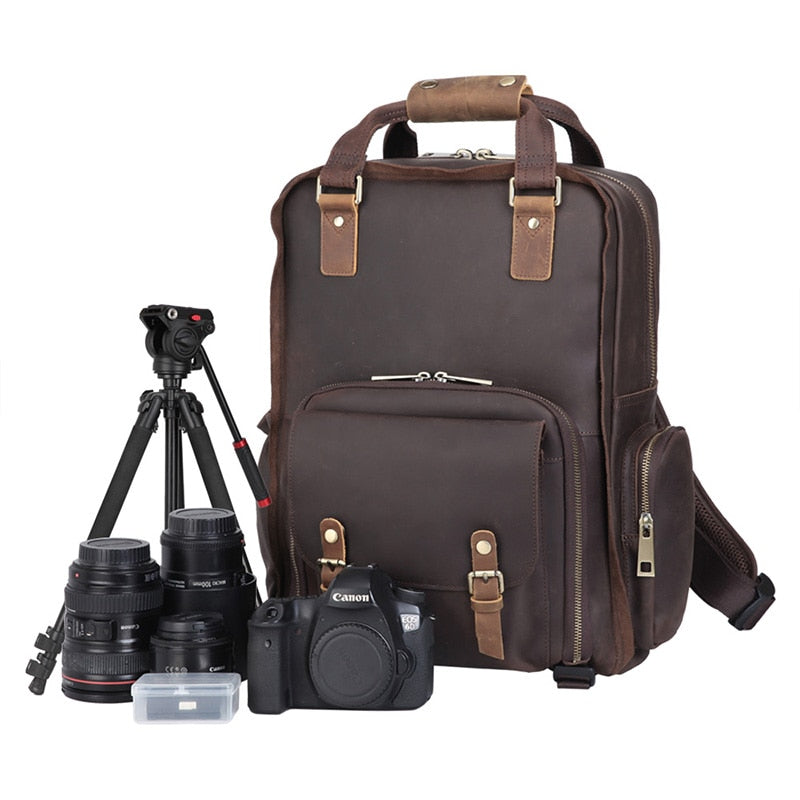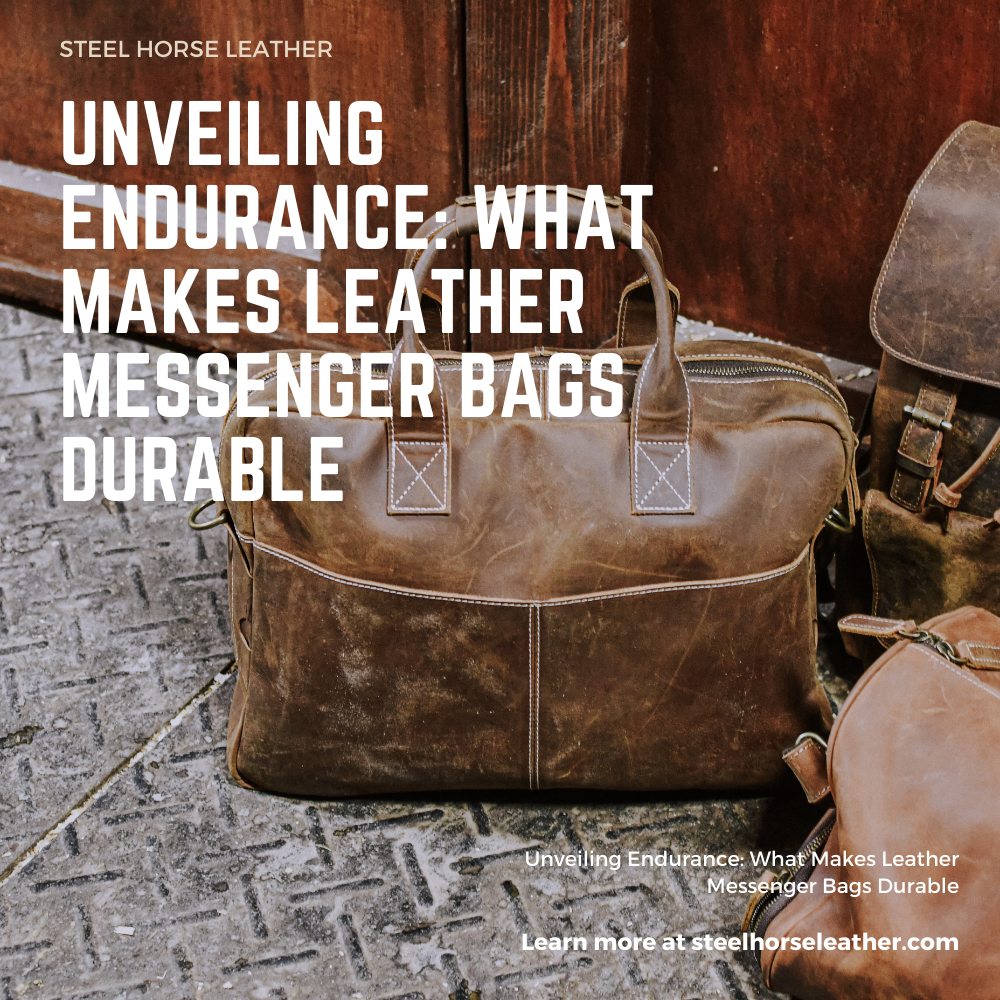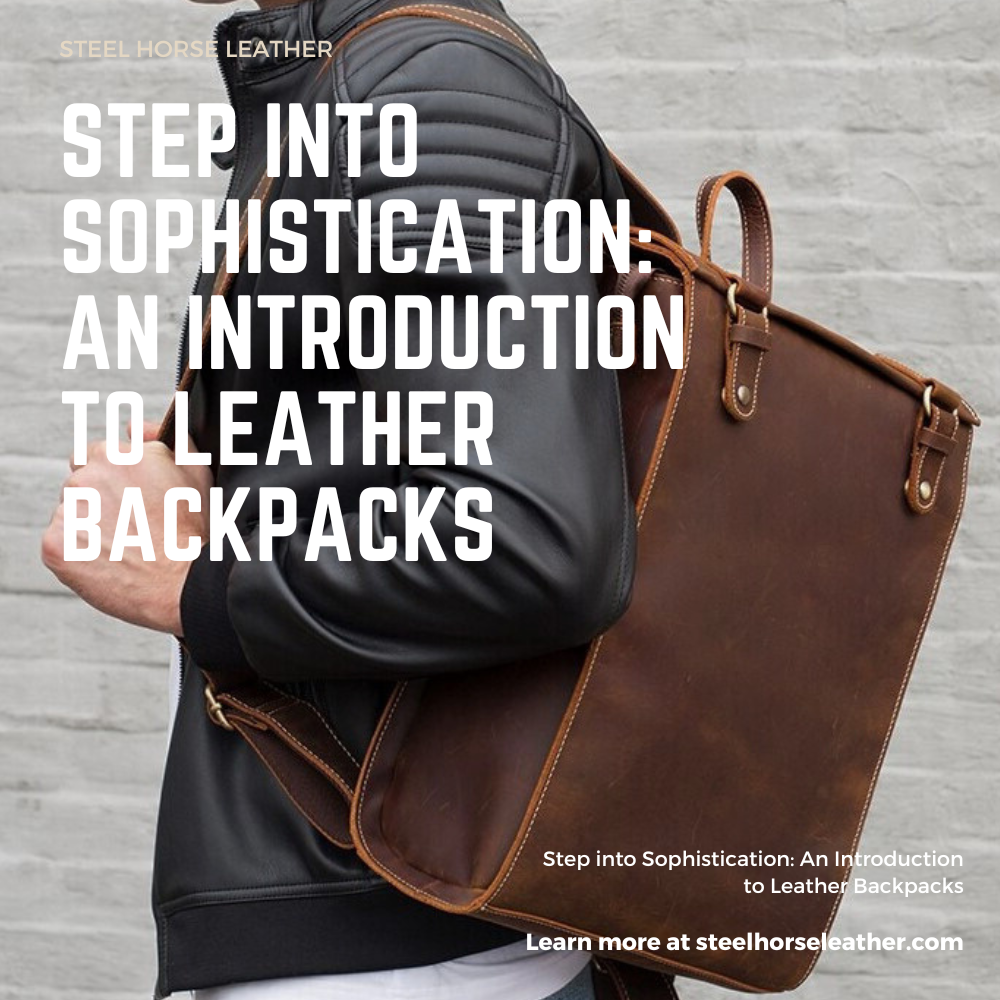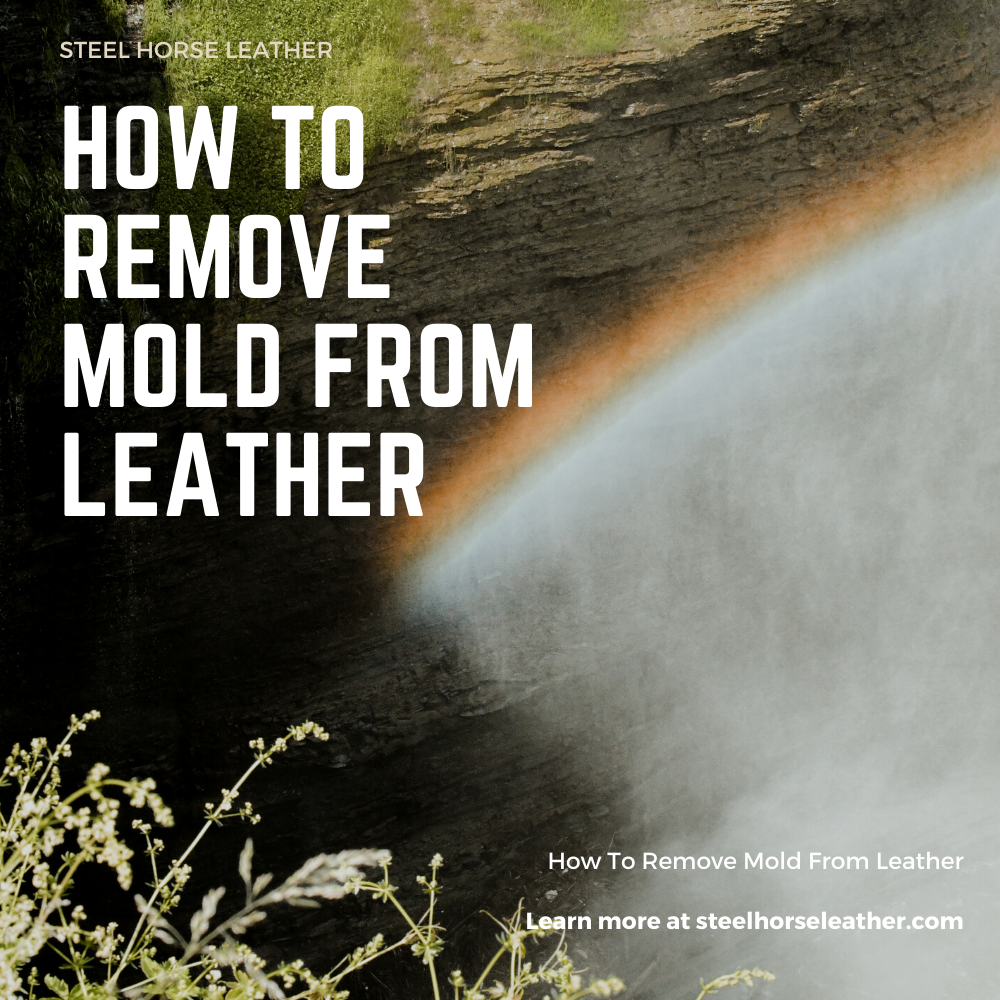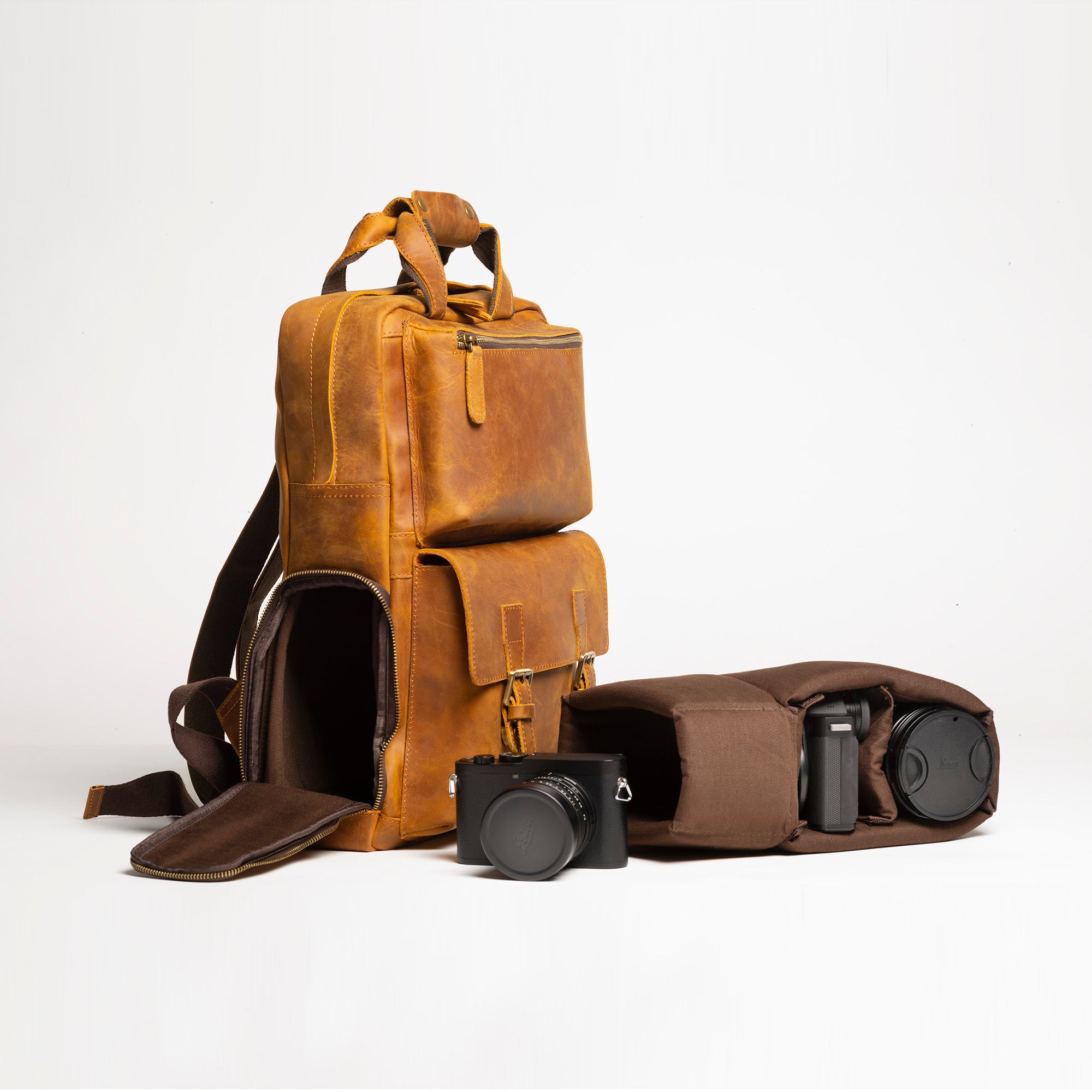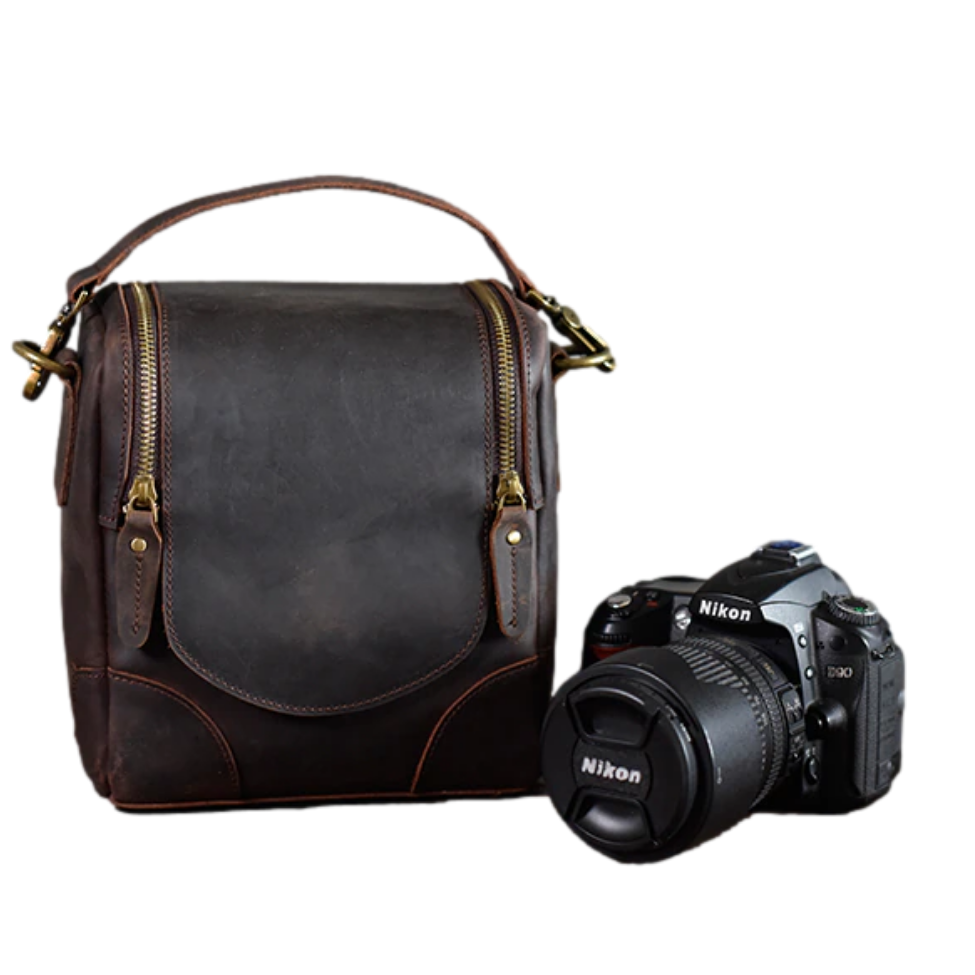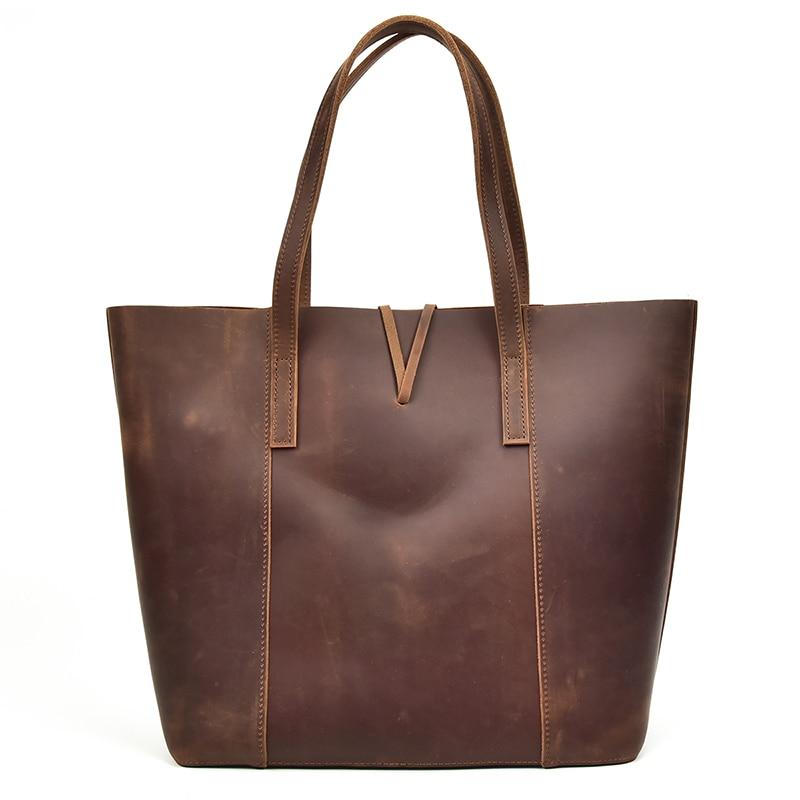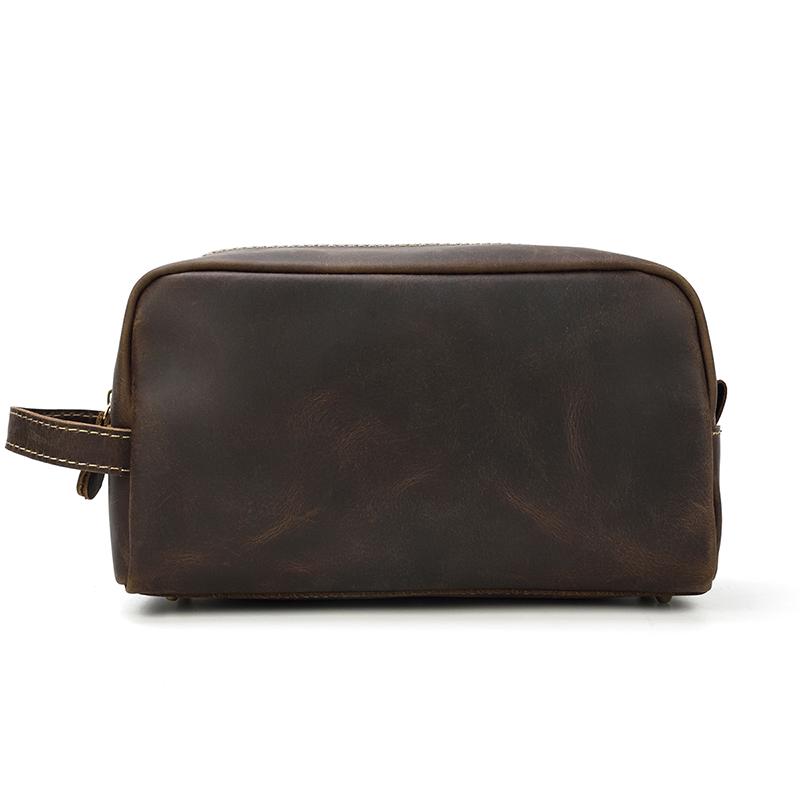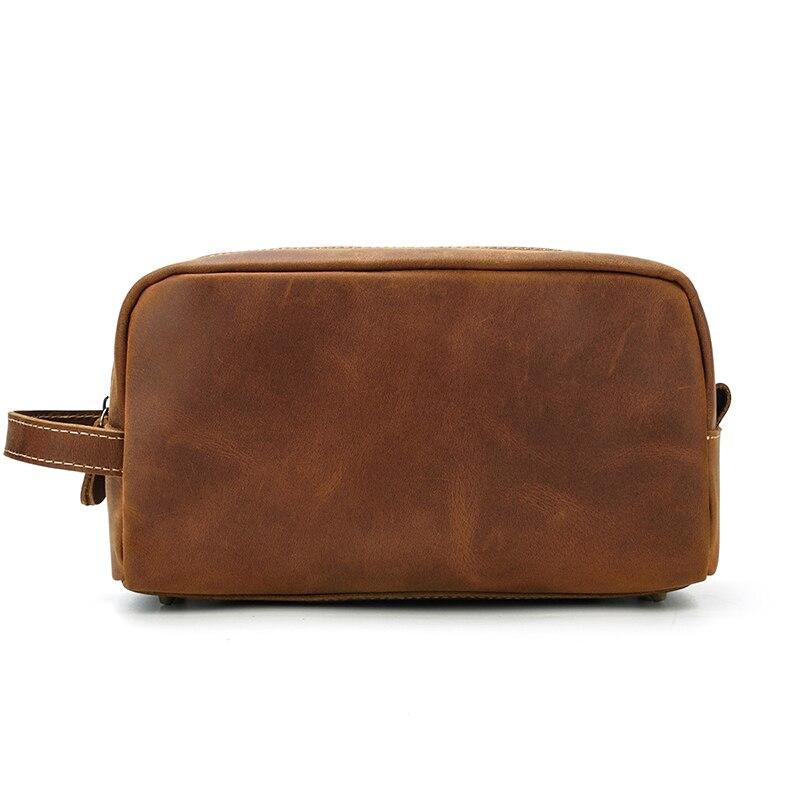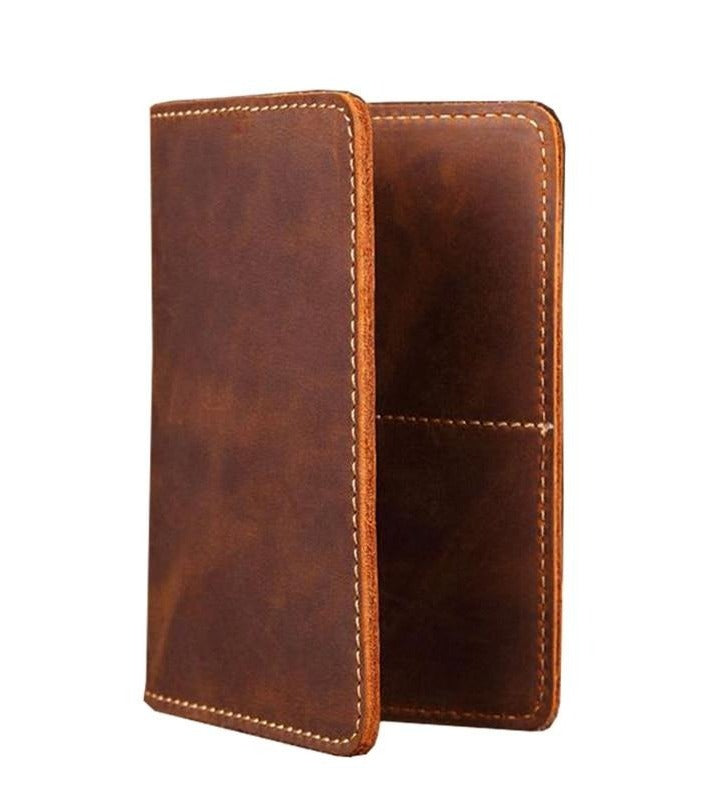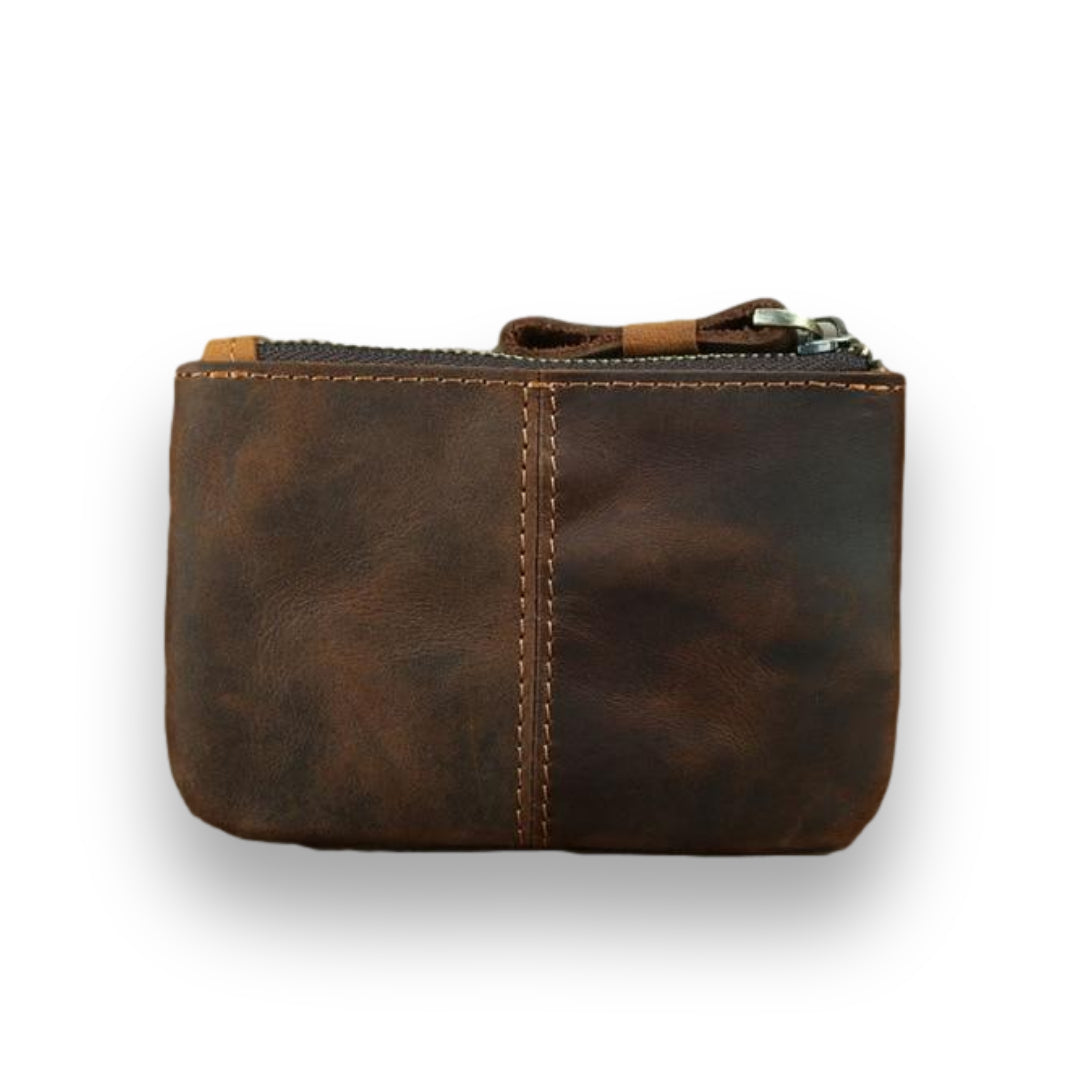We all know what leather is. It is a very versatile material with many qualities. We know that leather is strong as it is able to carry heavy things. Likewise, leather is durable as it withstands high levels of stress. Furthermore, the leather is beautiful. Vintage leather to be more specific. However, what is vintage leather? Is vintage merely a name for the aesthetic or could it be something more?
Key Takeaways
- True vintage leather requires time and proper maintenance to develop its characteristic patina naturally
- Only high-quality leather grades are suitable for developing authentic vintage characteristics
- Regular cleaning and conditioning are essential for maintaining vintage leather's longevity
- Different repair methods are available depending on the severity of leather damage
- Proper care and maintenance can significantly extend the life of vintage leather items
What Exactly Is Vintage Leather?

To state it simply it is old leather. Specifically, old leather that is of high-quality like full-grain or top-grain leather. This is because high-quality leather unlike low-grade leather develops a beautiful patina as it ages. To explain briefly, the patina is the process in which leather ages. Leather ages beautifully, the longer it lasts the better it looks. It, therefore, gets its name from its age and how it looks as well as it ages. Technically, if the leather is 20-100 years old it is considered vintage. However, some sources refer to vintage as those made before the 1980s.
Creating Vintage Leather
There are a few ways to achieve a vintage look. It can either be natural by letting leather be as it is. The other is by using chemicals such as dye to give leather an artificial vintage look.
The Natural Process (Developing the Patina)
The first process is by aging the leather naturally. This requires a lot of time and patience in order to develop that beautiful patina. Furthermore, you need to properly maintain your leather for it to last as long as you need it to be. Despite its strength and durability leather will break as all organic things do. Therefore cleaning is necessary for developing the leather's patina. Likewise, conditioning the leather is also equally important to keep the leather strong and durable and withstand any exposure to nature.
The Perfect Leather for Developing Into A Vintage Leather
Only high-quality or high-grade leather will develop a patina that gives off the vintage look. Crazy Horse Leather is an excellent example of high-quality leather. It is made of 100% full-grain cowhide. However, what makes it so special is that it is treated with a special wax that protects the leather fibers from drying and hardening. This wax also ensures that the leather is always healthy even without frequent conditioning. This high-grade leather might be expensive but it makes up for a good investment.
Only high-quality or high-grade leather will develop a patina that gives off the vintage look. Crazy Horse Leather is an excellent example of high-quality leather. It is made of 100% full-grain cowhide. However, what makes it so special is that it is treated with a special wax that protects the leather fibers from drying and hardening. This wax also ensures that the leather is always healthy even without frequent conditioning. This high-grade leather might be expensive but it makes up for a good investment.
We've seen this transformation firsthand with our Bjarke Weekender bag collection. Made from premium Crazy Horse leather, these bags exemplify how high-quality leather develops character over time. During our development process, we observed how the leather responded to different wear patterns, particularly around the handles and stress points. The two distinct brown shades we offer show different patina development characteristics, with each bag telling its own unique story through daily use. Our customers often share how their weekender bags develop rich, personalized patterns of wear, especially around the thoughtfully designed leather bars and overlaid sections.
Distressed Leather aka vintage-inspired leather
The second is to dye the leather to look like vintage leather. One example is distressed leather. It uses the process of dyeing leather with aniline dye. The dyeing will give the leather an artificially worn and aged appearance. It also gives the leather the positive characteristics of any naturally aged leather. These positive characteristics include the appearance of healed scars, scratches, and wrinkles.
Any grade of leather can be used for artificially aging leather into distressed leather.
Maintaining Vintage Leather

For leather to last long and develop a patina it must be properly maintained. Cleaning, conditioning, and preparing the leather is therefore essential to the process of achieving the vintage leather look.
Proper Way To Clean and Condition Your Leather
This is relatively easy. Leather however is a delicate material to clean. First is you will need the right tools for the job. Such as soft dry cloths, leather soap, and leather conditioner. Next is to pre-clean your leather by wiping it off with a dry cloth. Then moist your leather with a damp cloth and add the soap. Make sure to be gentle in rubbing the leather with the cloth. After you apply the soap rinse it off with another damp cloth. Never submerge the leather fully in the water! Let the leather dry overnight then you can apply the conditioner.
Conditioner is great for keeping your leather healthy. A healthy leather is strong leather. Likewise, strong leather will live longer and will help you get that vintage leather look. A well-conditioned leather will also prevent any cracking especially when it is frequently exposed to the sun.
Repairing Vintage Leather

We have to face the reality that leather will have some scars. This is what makes vintage leather beautiful. However, no matter how strong leather it is still vulnerable. Most common are cracks on leather. This is because, like many organic materials, leather will crack when it becomes dry leather. The cracks are the result of a microscopic change in the material. This is why conditioning your leather is very important. Does this mean that this is the end of your vintage leather dreams? Absolutely not. The goods news is there is a way to fix it. The trick is to blend the cracks with the leather. There are a few methods one how to blend the cracks.
For Light Leather Cracks
Lighter cracks are easy to fix. Simply apply the leather conditioner to rehydrate the leather. However, when you need to clean the leather especially the craked area. Use a fine-bristled brush to clean the cracks thoroughly. After cleaning apply the conditioner by smoothing it in until the crack blends with the leather. Remove the excess and let it dry off overnight. This is crucial because the leather needs time to absorb the conditioner. If you are not satisfied with the blend you can repeat the process. Remember however not to over-oil the leather because it may ruin the leather's structure.
For Deep Leather Cracks
| Method | Description |
|---|---|
| Using Crack Fillers | Gently sand cracks, clean the area, apply leather filler, and let it dry for at least six hours, repeating as needed to fill shrunken areas. |
| Using Leather Dye | After applying filler and sanding, clean the surface, apply matching dye, let it dry, repeat until blended, and finish with leather sealer. |
There are two methods to fix deep cracks. Cleaning the crack and letting it dry overnight is necessary for both methods.
By Using Cracks Fillers
The first is to gently smooth the cracks with super-fine sandpaper. Wipe off any dust and then apply the leather filler with a palette knife until the crack appears filled. Remove any excess fillers then let it dry for at least six hours in a properly ventilated room. Avoid exposing the filler to direct sunlight and heat.
The fillers might shrink once it dries. Repeat the process if required.
By Using Leather Dye
This method is similar to the first method but with extra steps. Once the fillers dry sand and smooth out the area with ultra-fine sandpaper. Next is to wipe it clean and prepare the surface for dyeing. Apply the dye with the color that matches your leather's color. Spread it then and then let it dry. Repeat the step until the color blends or if satisfied. Finish the process by treating the cracks with a leather sealer. Use a sponge to apply the sealer evenly.
Why Trust Our Vintage Leather Expertise?
At Steel Horse Leather, our deep understanding of vintage leather comes from years of hands-on experience and dedicated craftsmanship. Our master artisans have spent decades perfecting their craft, working intimately with various leather grades and developing an intricate understanding of how leather ages, develops patina, and maintains its character over time. This expertise isn't just theoretical – it's built on daily practical experience of selecting, treating, and crafting fine leather goods.
We take pride in our holistic approach to leather craftsmanship, from carefully vetting our leather sources to employing traditional methods that have stood the test of time. Our artisans' obsessive attention to detail and deep knowledge of leather characteristics allows us to not only create beautiful vintage-style pieces but also to understand exactly how different grades of leather will age and develop their unique patina. Through our extensive experience working with various leather types, we've developed comprehensive insights into proper maintenance techniques, repair methods, and preservation strategies that we're excited to share with our community.
Our commitment to leather craftsmanship extends beyond mere production. We've invested considerable time in understanding the complete lifecycle of leather products, from raw material selection to long-term care and maintenance. This comprehensive knowledge enables us to provide not just quality products but also valuable insights into leather care and preservation. When we discuss vintage leather characteristics, maintenance techniques, or repair methods, we're drawing from real-world experience and proven expertise, not just theoretical knowledge.
Frequently Asked Questions
How Can I Tell If My Leather Is Genuine Vintage?
Genuine vintage leather and real leather items are typically 20-100 years old and show natural patina development. When examining vintage leather products and vintage leather jackets, look for authentic appearance, distinctive patina, and natural color variations.
High-quality leather and full-grain leather will have distinct personalities and classic charm that can't be perfectly replicated through artificial materials or synthetic leather. The aging process creates a timeless design that sets genuine leather apart from faux leather or artificial leather.
Is It Worth Investing in High-Grade Leather?
Yes, investing in higher-quality leather like authentic full-grain leather or top-grain leather is worthwhile if you're seeking a timeless charm. These types of leathers, including natural leather and aniline leather, develop a beautiful patina over time.
Unlike split-grain leather or corrected-grain leather, these grain leathers are more durable than conventional leather or normal leather, making them more cost-effective at affordable prices in the long run. Whether you're interested in vintage leather bags, Leather Wallets, or Leather Backpacks, the quality of leather matters significantly.
How Often Should I Condition Vintage Leather?
The conditioning frequency depends on usage and environmental conditions. Generally, vintage leather should be conditioned every 3-6 months, or whenever it feels dry to the touch. Regular conditioning prevents cracking and maintains the leather's health.
Can Weather Affect My Vintage Leather?
Yes, weather can significantly impact vintage leather. Direct sunlight, extreme temperatures, and humidity can cause premature aging or damage. Store leather items in a cool, dry place and avoid exposure to harsh environmental conditions.
Should I Repair Vintage Leather Myself?
Minor repairs like light cracks can be handled at home with proper materials and careful attention. However, for deep cracks or significant damage, it's recommended to consult a professional leather craftsman to avoid potentially worsening the condition.
Conclusion
Vintage leather represents more than just an aesthetic choice; it's an investment in quality and timeless appeal. Whether choosing naturally aged or artificially distressed leather, understanding proper care and maintenance techniques is crucial for preserving its beauty and functionality. With proper attention and care, vintage leather items can continue to develop character and serve as reliable companions for years to come.
























